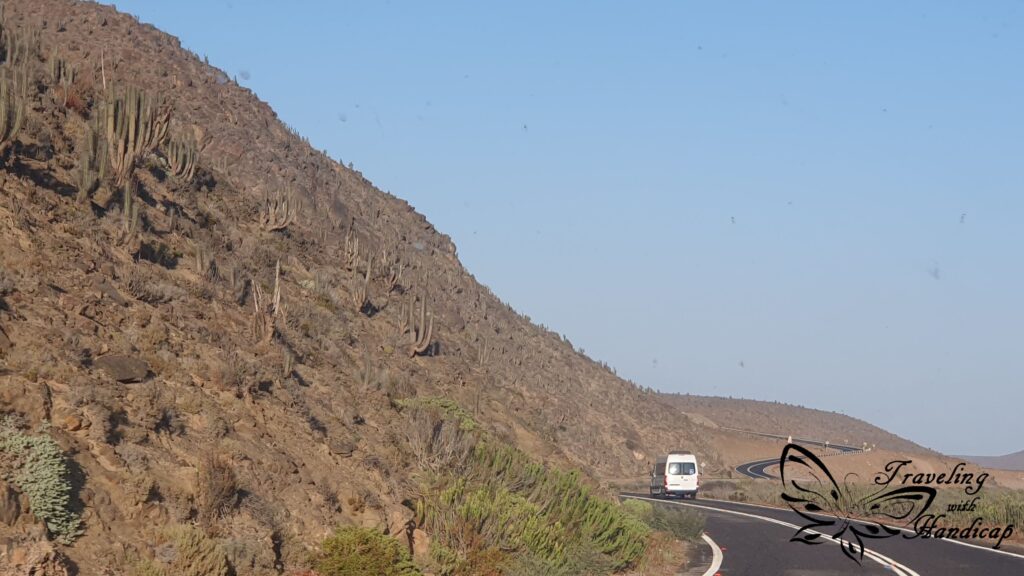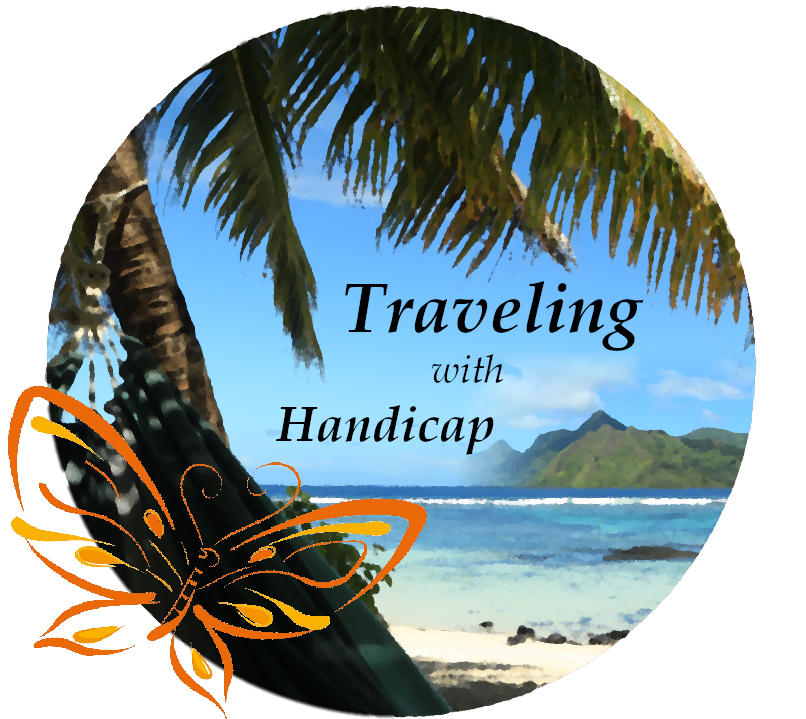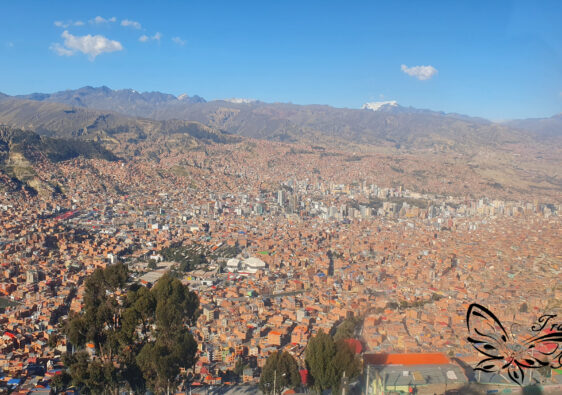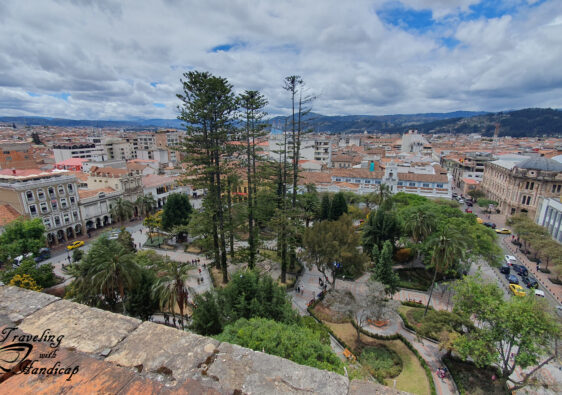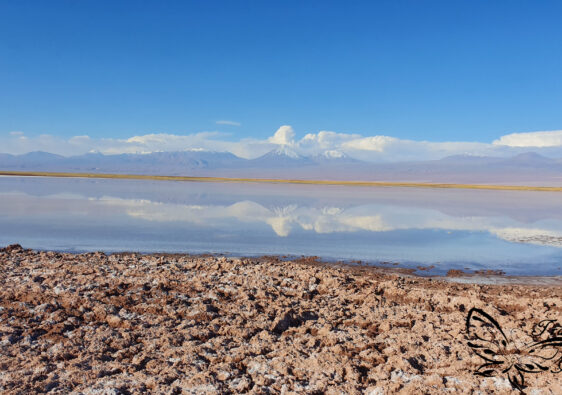I am not the same, having seen the moon shine on the other side of the world.
Mary Anne Radmacher
I have completed my trip across Chilean and Argentinean Patagonia after leaving Pucón and Valdivia in northern Patagonia. During one of my relaxing days in Pucón, I have booked my return-ticket from Santiago to Easter Island. I had approximately 1.5 weeks to spend, not too far from Santiago, before my flight. Going there is expensive, however, since I am a big fan of Polynesia, I had to go. Of course, Easter Island deserves an individual article. Instead of Polynesian influence, I encountered Japanese and Chinese influence around La Serena.
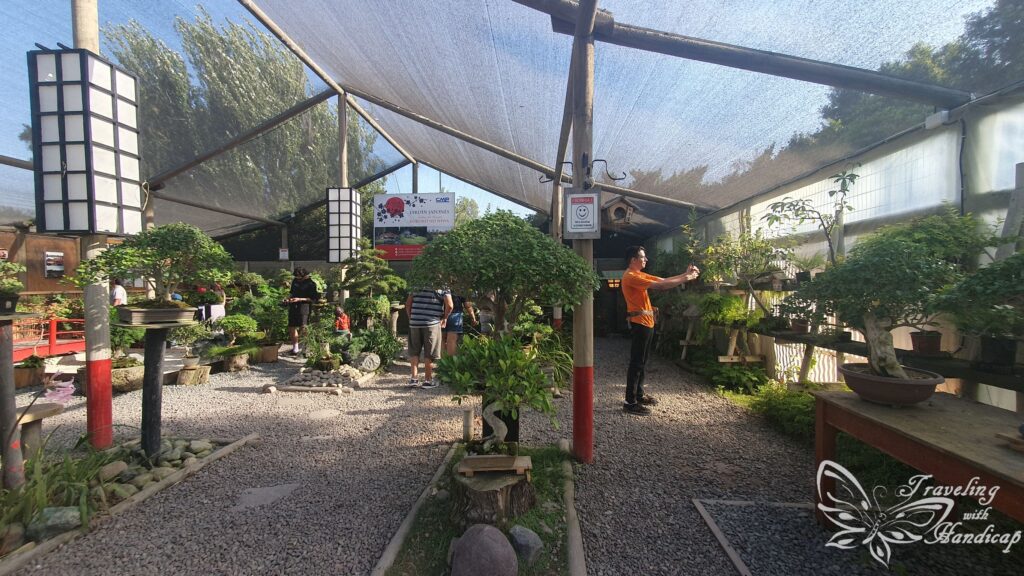

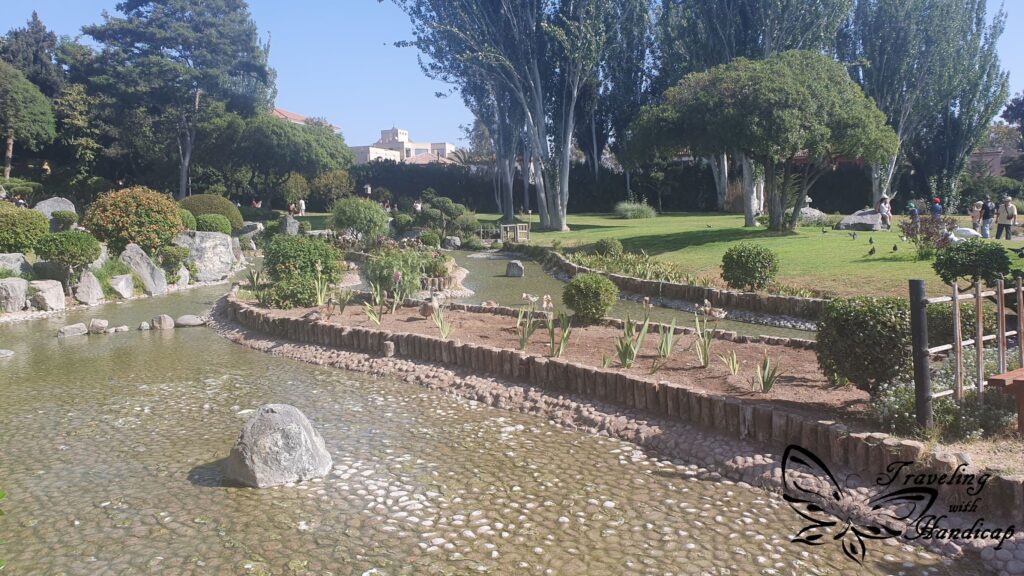
Traveling to the Coquimbo Region, the southern half of Norte Chico
Indeed, there were some spots within central Chile (the area around Santiago) that I wanted to visit. I already had a reservation for a night bus from Valdivia to Valparaiso. However, quite last minute, my gut feeling led me to booking another bus from Valparaiso to La Serena. I liked this city a lot, there are also so many things to do in it and its surrounding area. As such, I extended my stay until I had to go back to Santiago. I could have slept at different places within the Valle del Elqui. However, I preferred to keep all my stuff at the same hostel for a while.
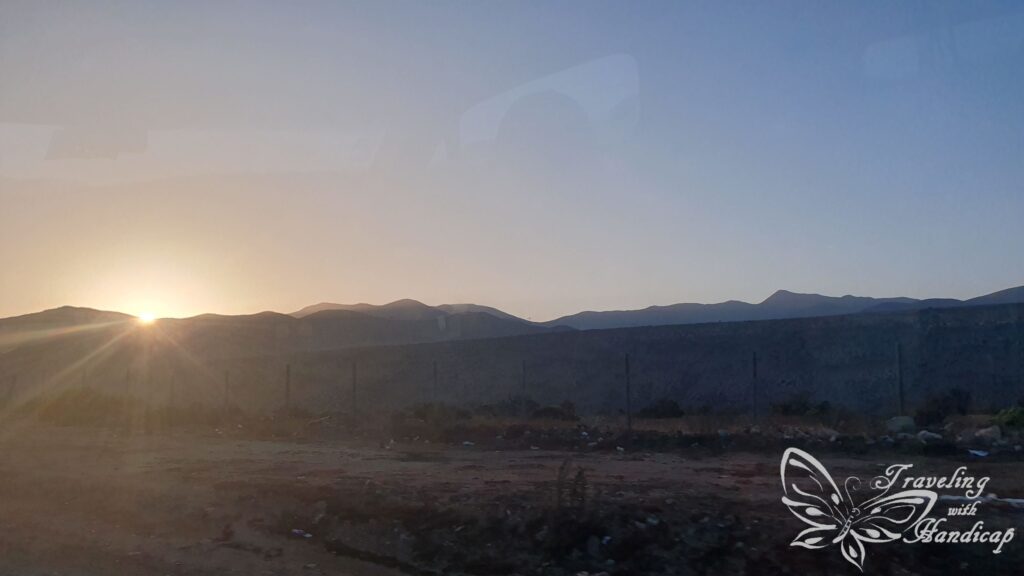
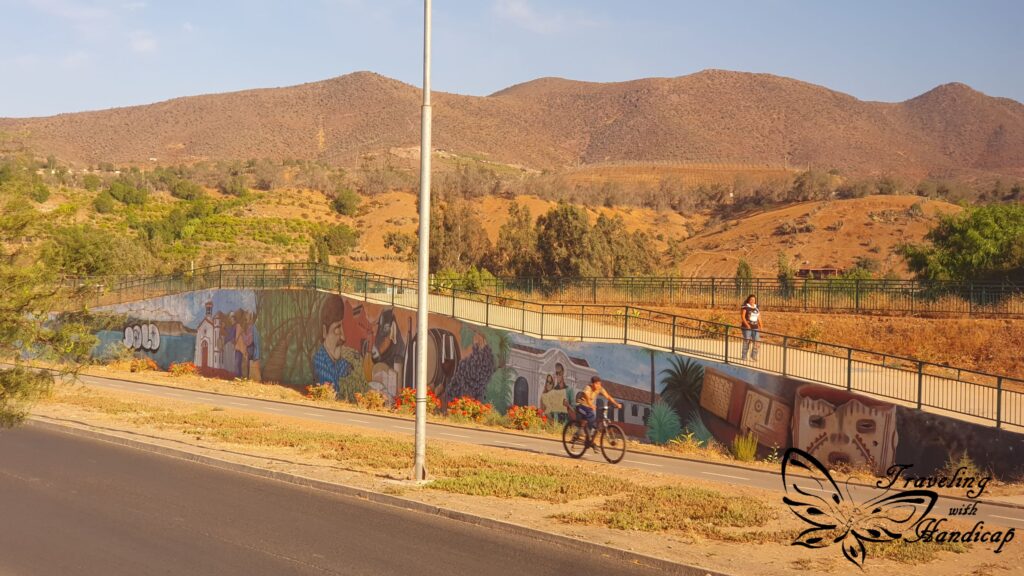
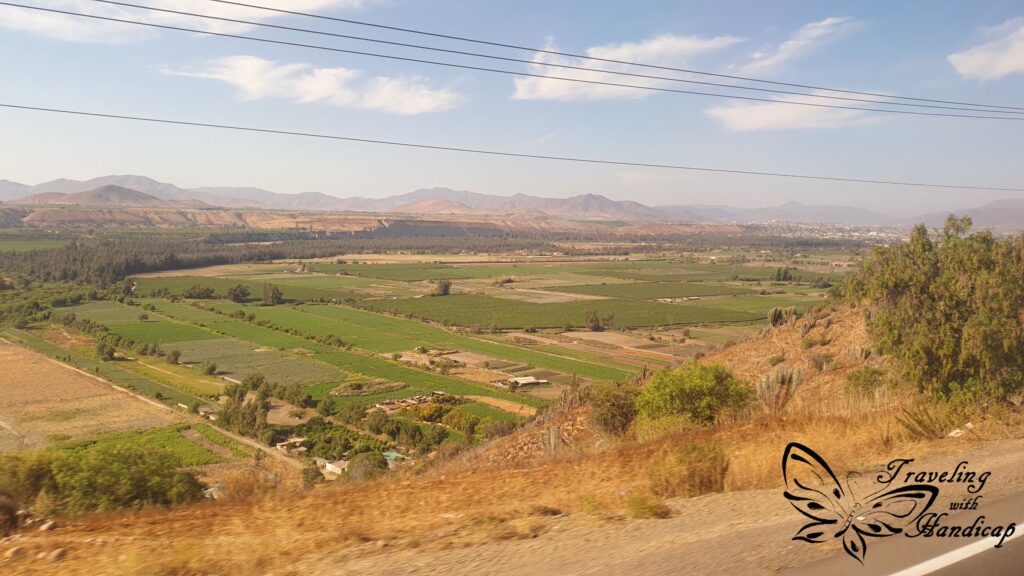
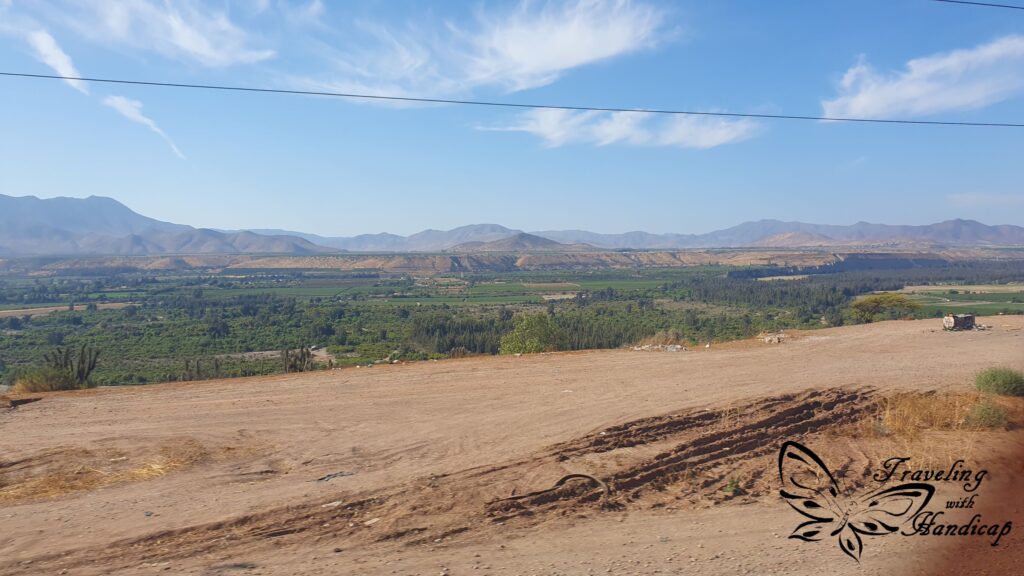
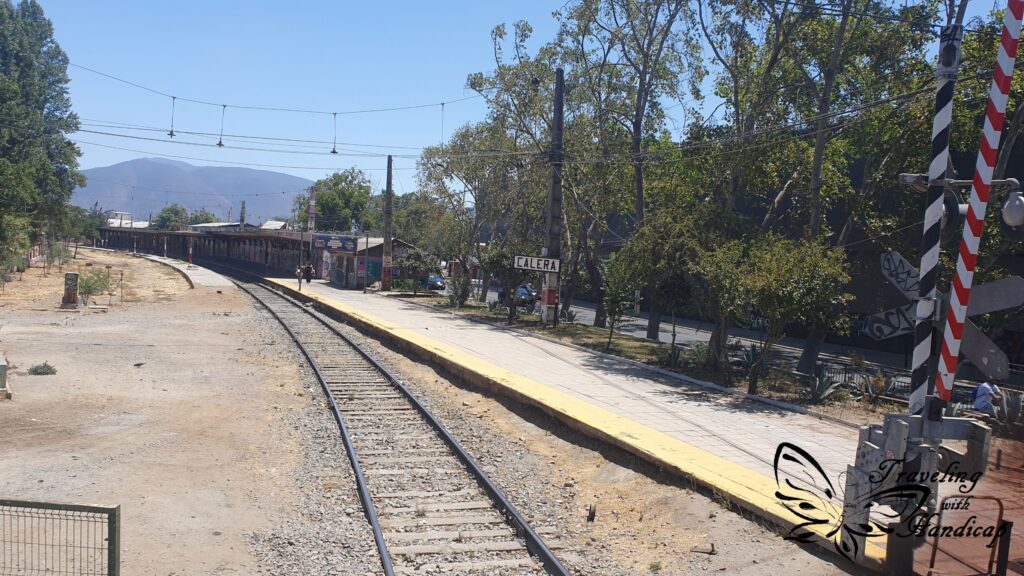

The different regions of Chile on political level are related to the number of inhabitants, are named and counted. The Coquimbo Region is the politically correct name for the region of La Serena, Coquimbo, and the Valle del Elqui. Considering different landscapes, it’s easier to talk about “Patagonia” (consisting of different political regions) and the “Center” (everything around Santiago, the Capital) among others. Norte Chico covers the political regions of Coquimbo and Atacama, consisting of semideserts and valleys. The town San Pedro de Atacama is indeed within the (huge) Atacama Desert, though, not located in the (political) region named “Atacama”.

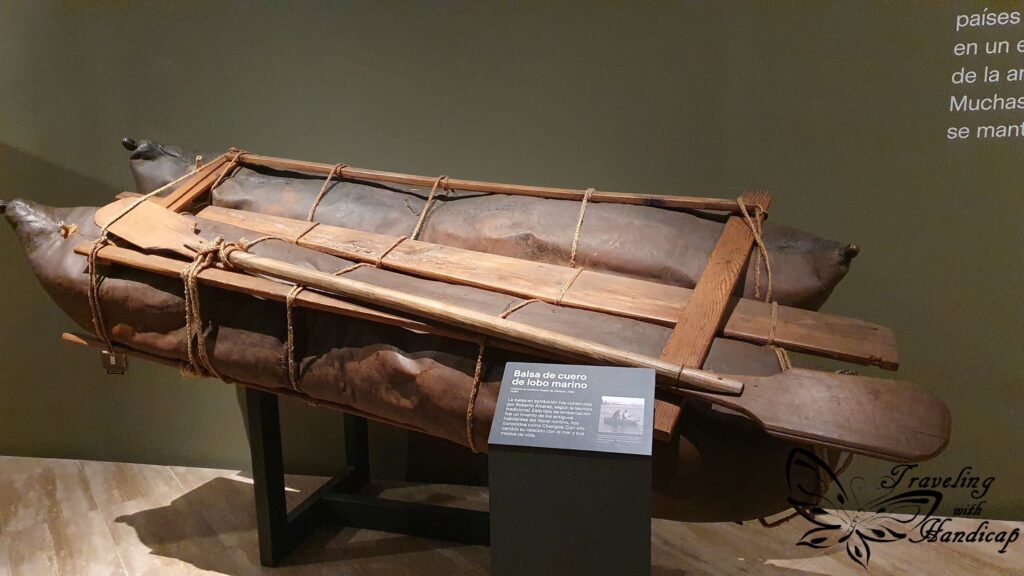
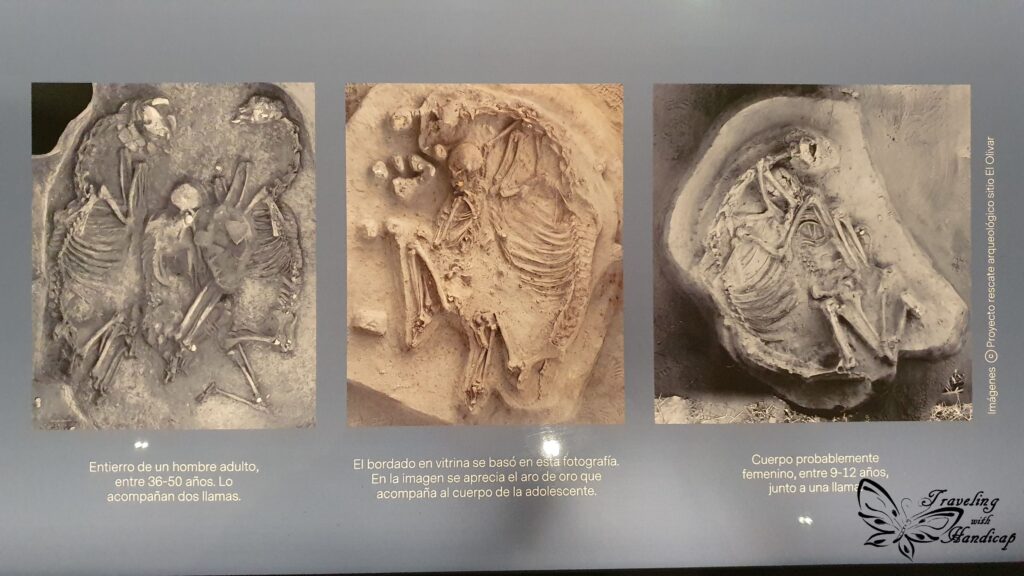
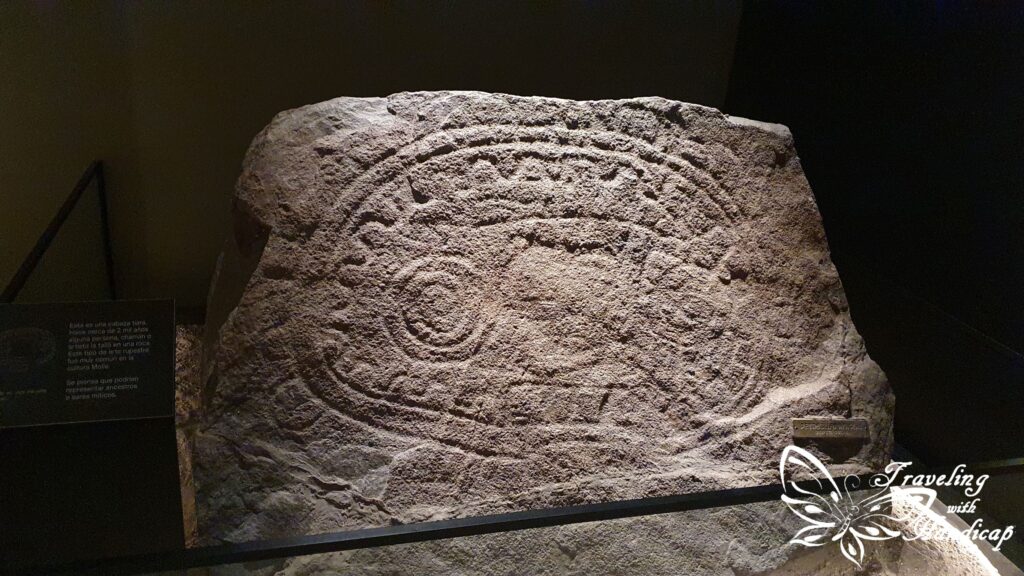

La Serena
Among all the big cities I have visited until now, I liked La Serena the most. Opposite to Santiago, La Serena has no skyscrapers messing up the center and the views. I recognized some Andalusian influence in the style of buildings, at least in the center. Newer buildings are more modern, of course. The center of La Serena is on a little hill, through which it is protected from Tsunami waves. Along the beach there are more skyscrapers.


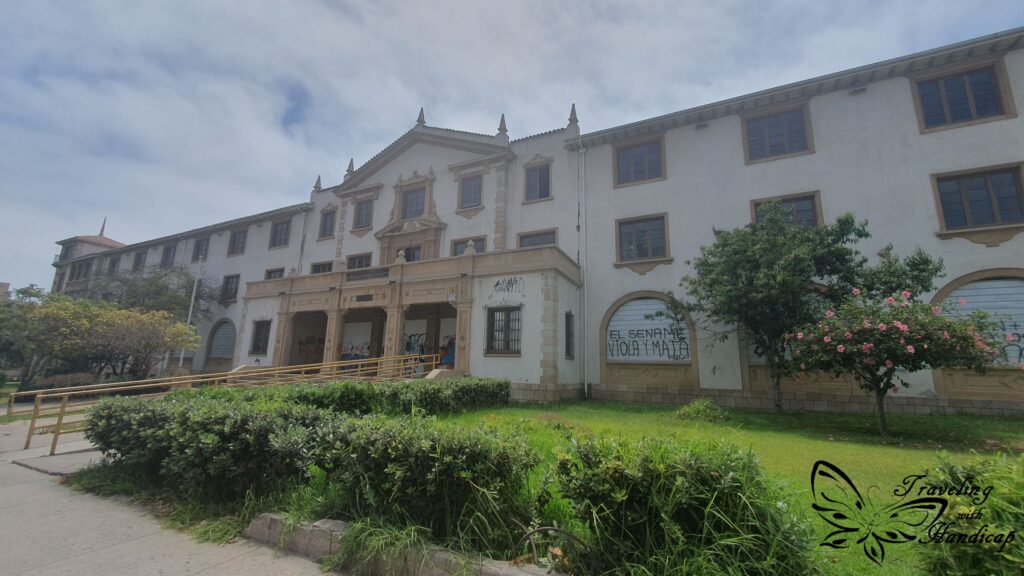
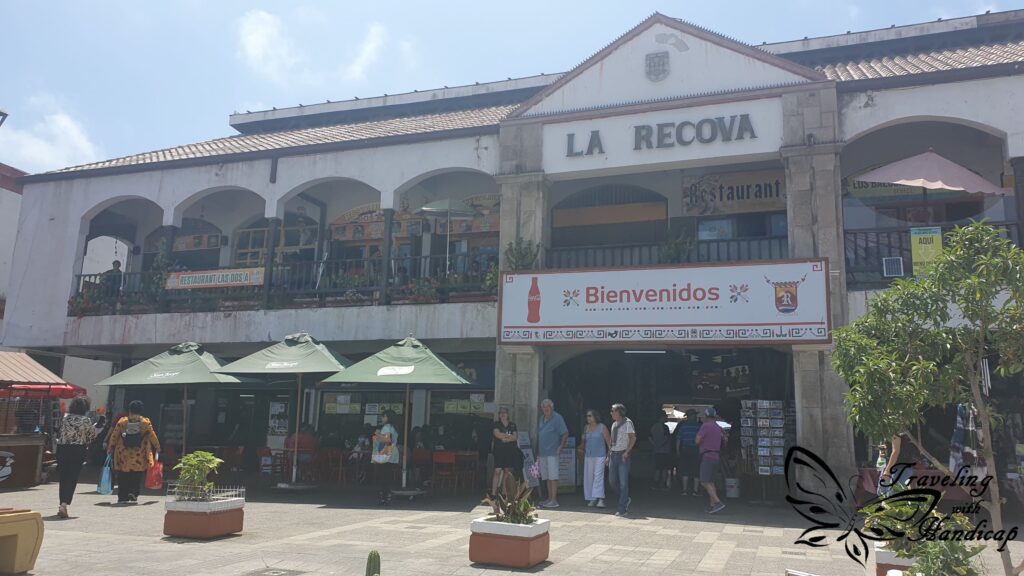
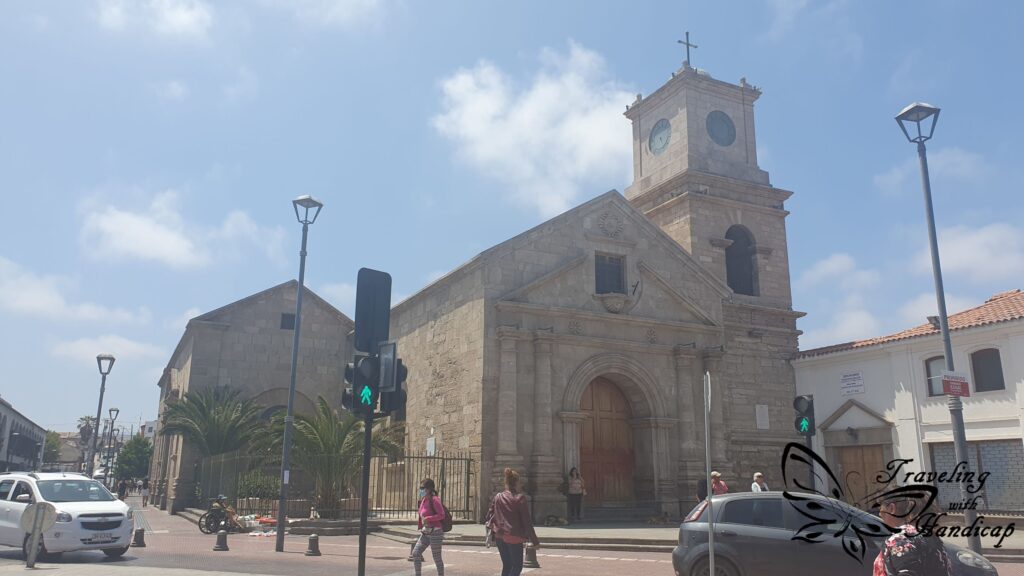


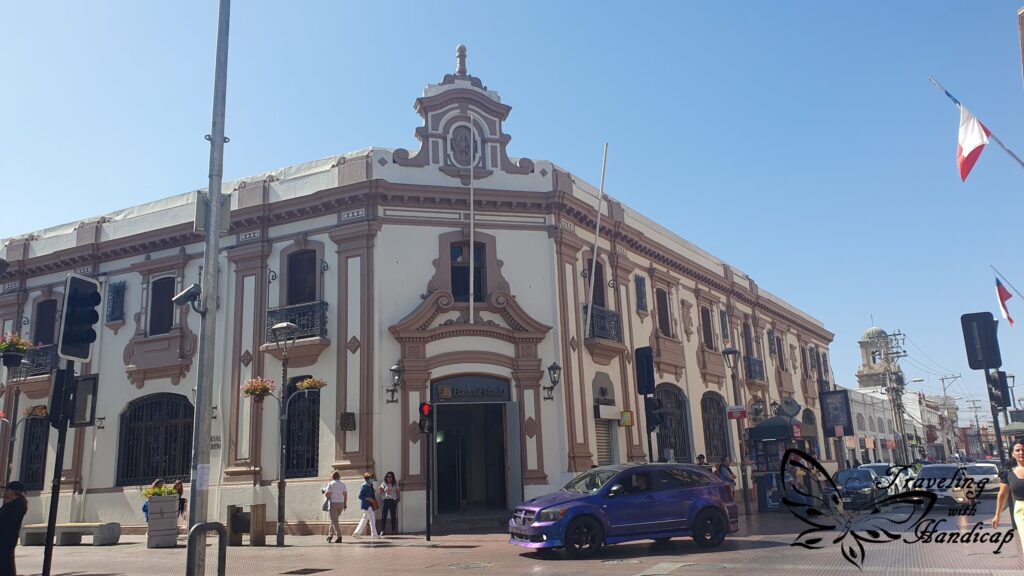
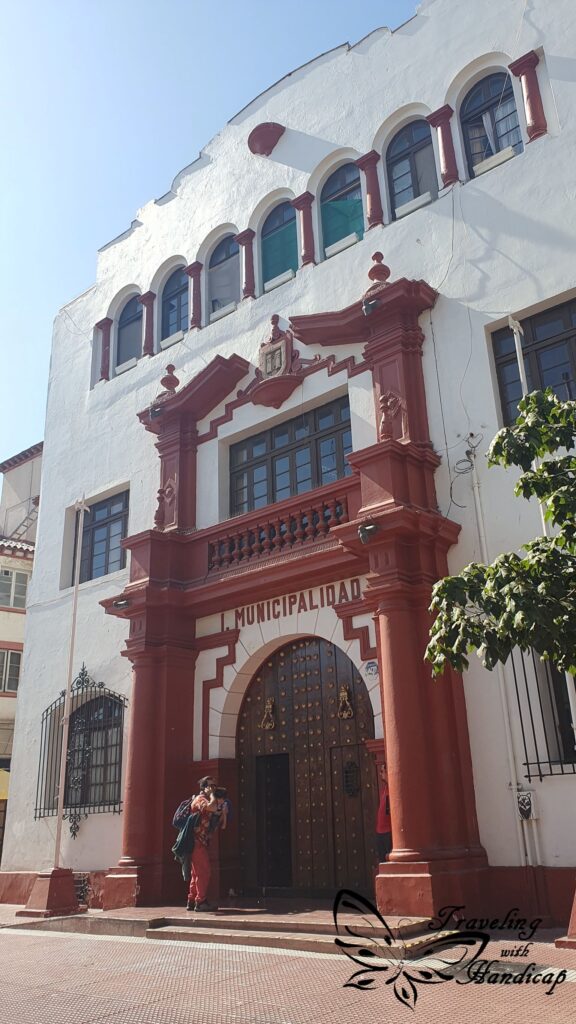

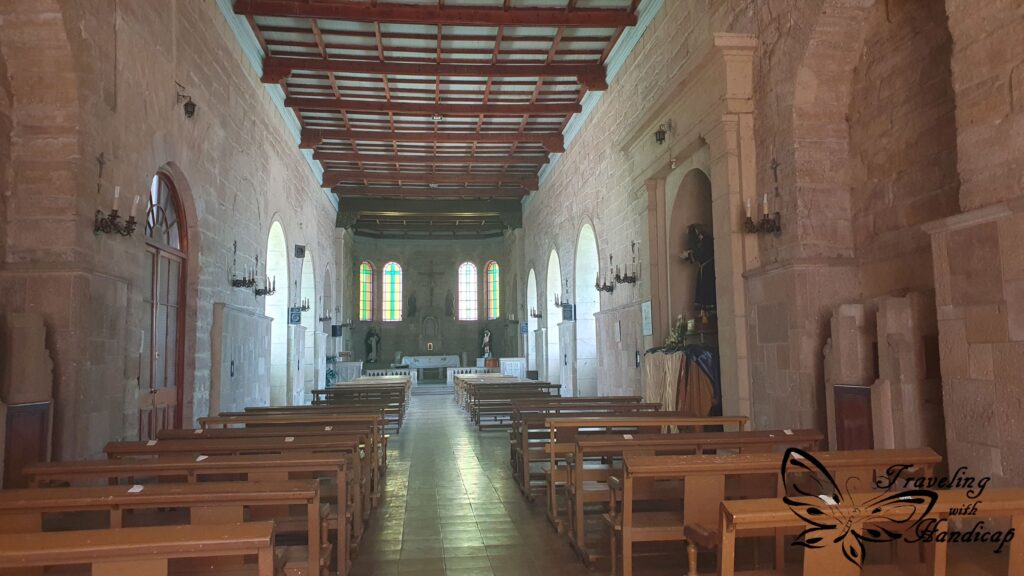
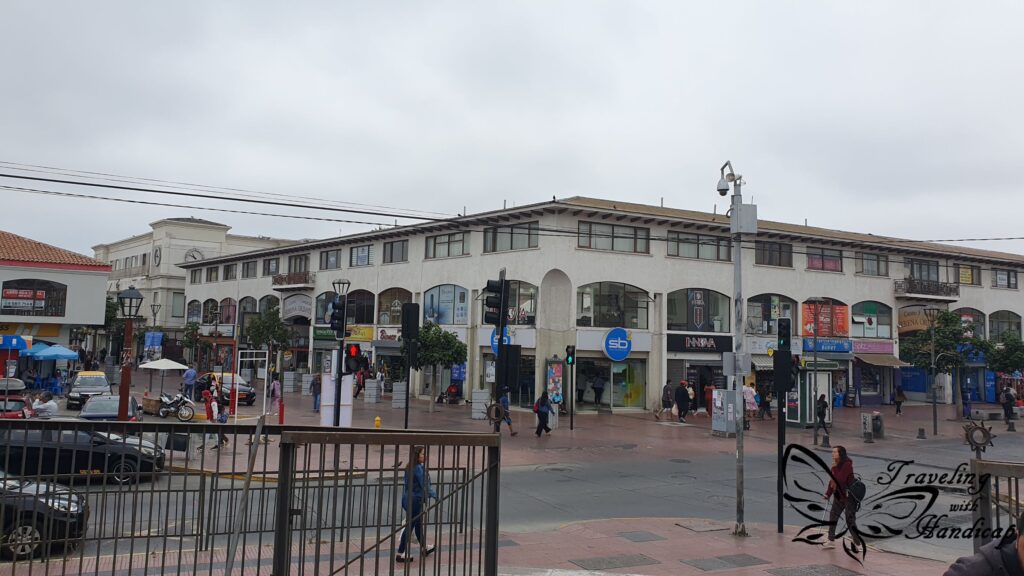
At the beach, right at the end of a major road from the center, there is the renovated lighthouse Faro Monumental. It includes a little museum and offers great views from all sides, all for free. This monument including the beach should not be your only reason to visit La Serena. There is a very interesting archeological museum in town, also for free. A recent area of research is El Olivar, a site at which very old graves have been found. At that site, people have been buried together with their animals. Currently, it’s still a place of research, it might become one of the most important historical sites within Chile.
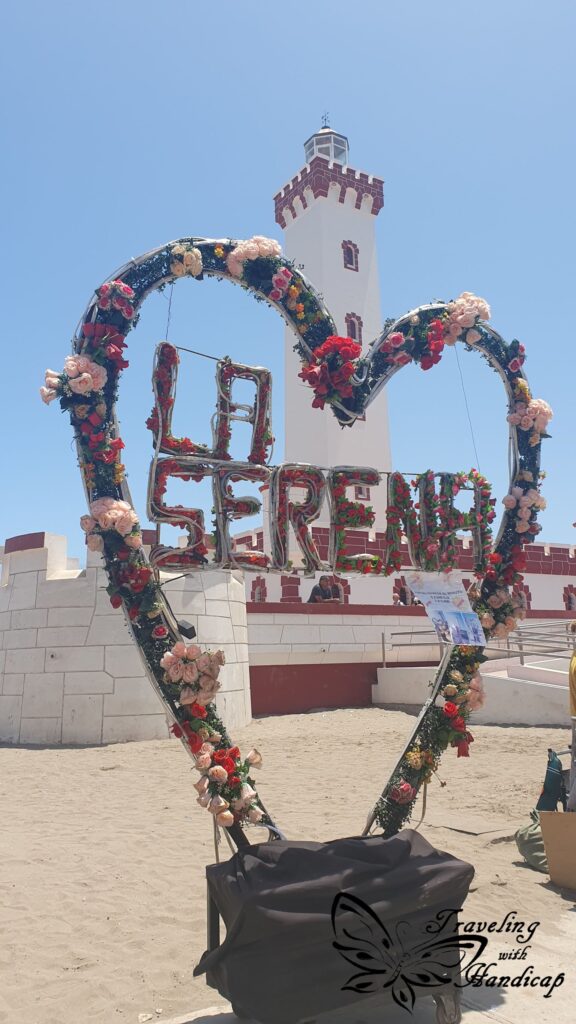

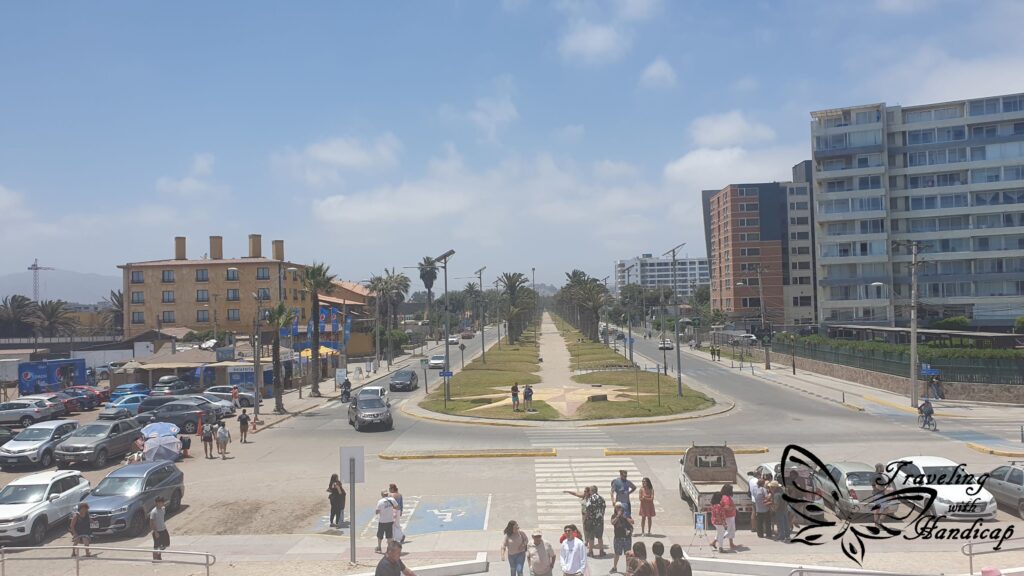
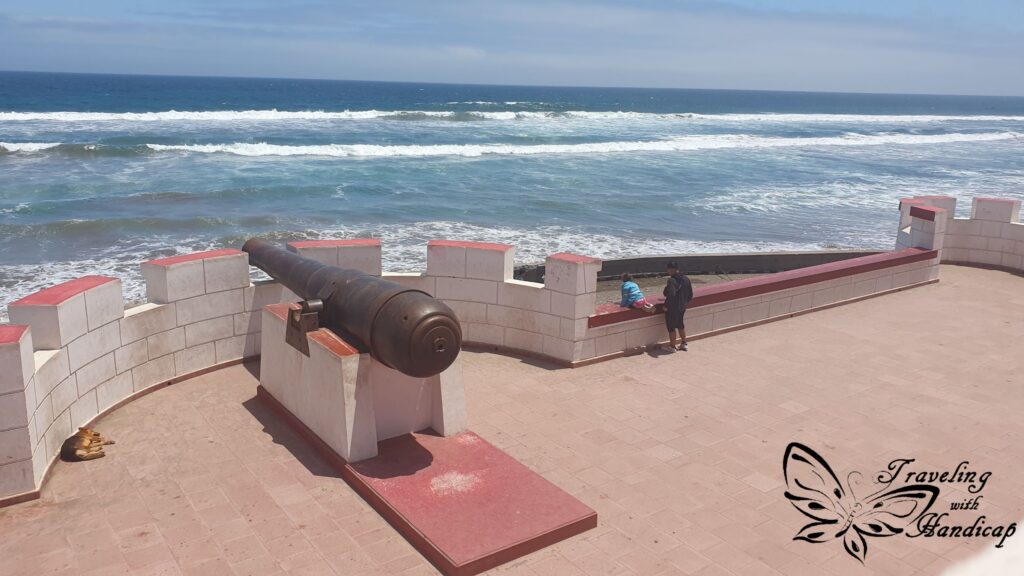
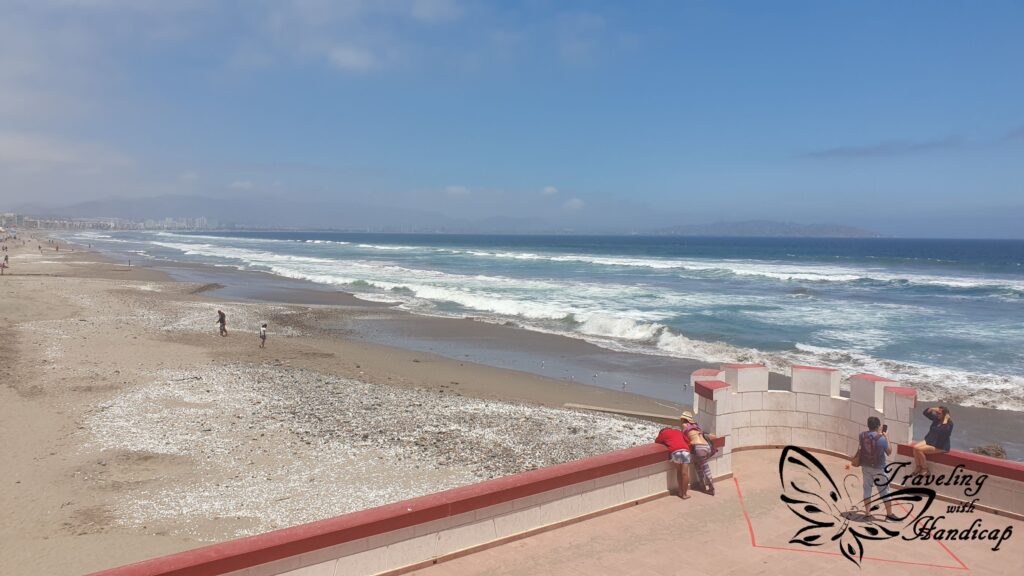
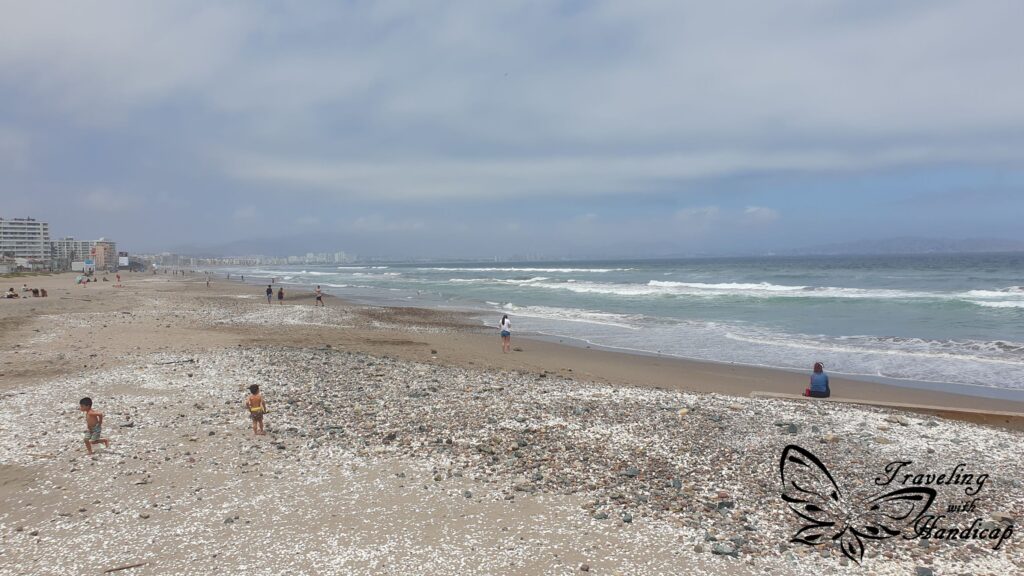
Almost every day, I went to the Placa de Armas, since there was a big market. I’m quite sure that some USB-sticks and stuff they were selling might have been stolen once. Nevertheless, I didn’t go for the devices or cloths, I always went into the fruits section to get freshly pressed juice of a variety of fruit. Every fruit I picked grows within the Valle del Elqui, a Garden of Eden. Also, the availability in the supermarket was quite overwhelming, much more than what I was used to from Patagonia.
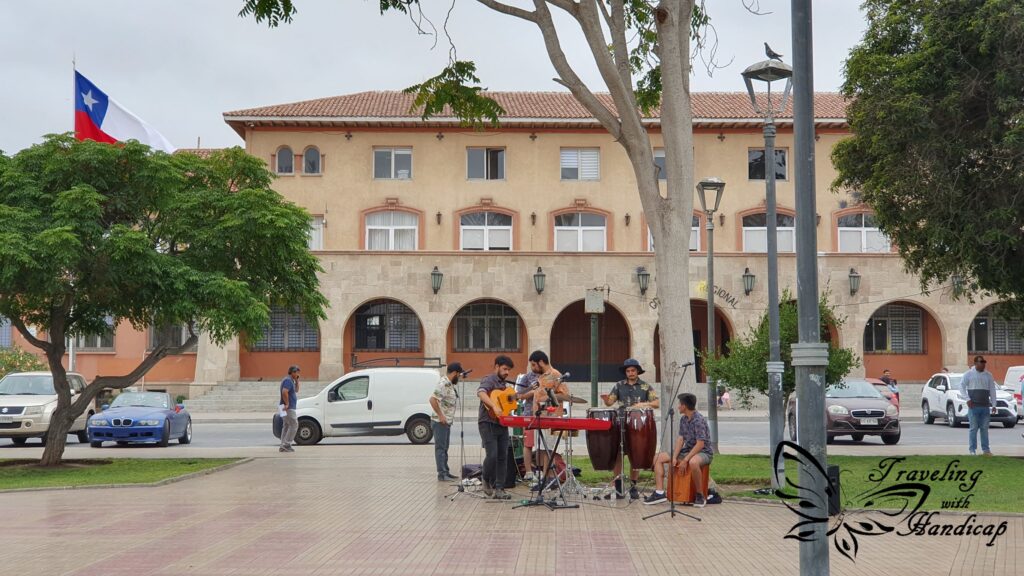
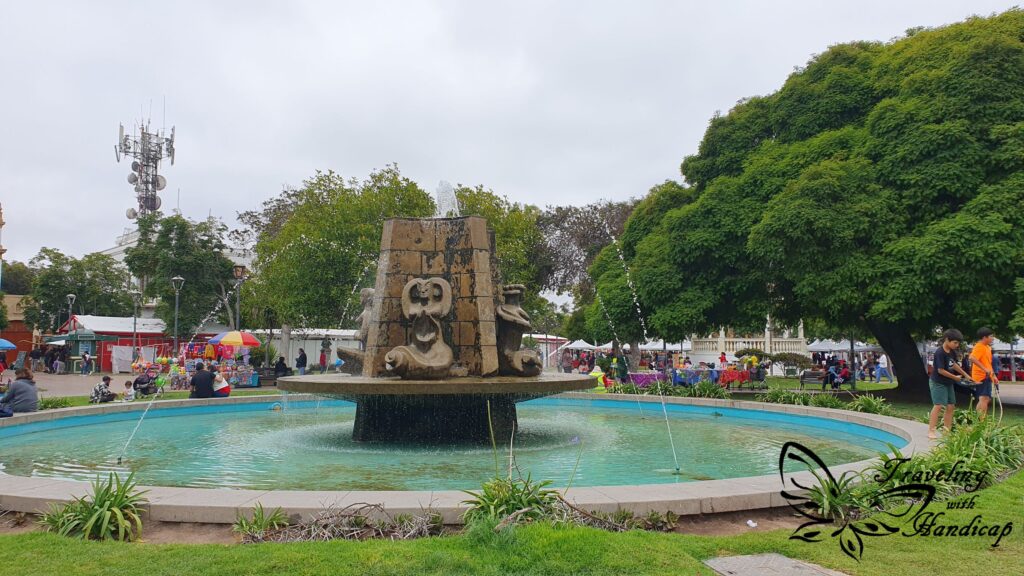
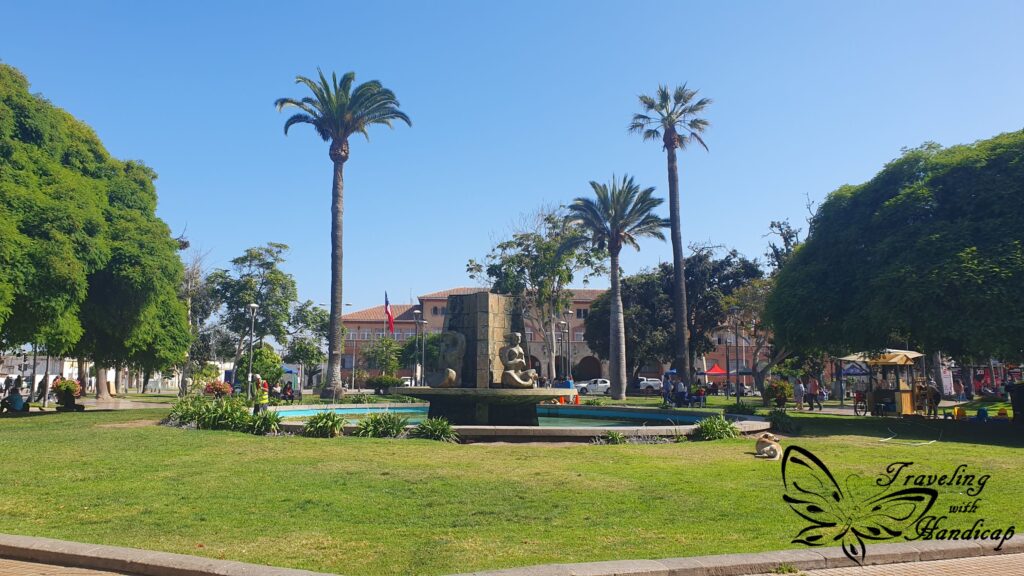

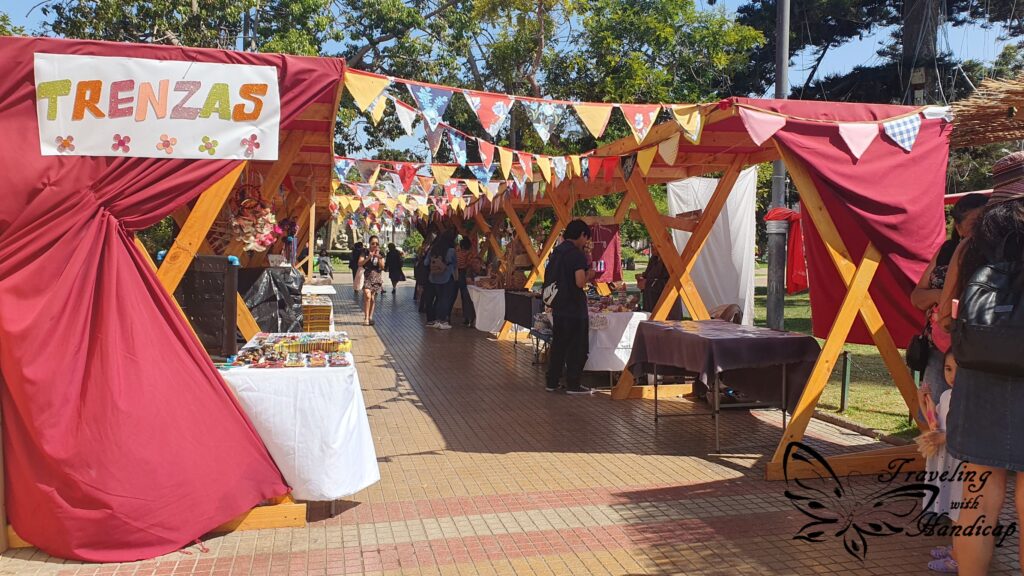
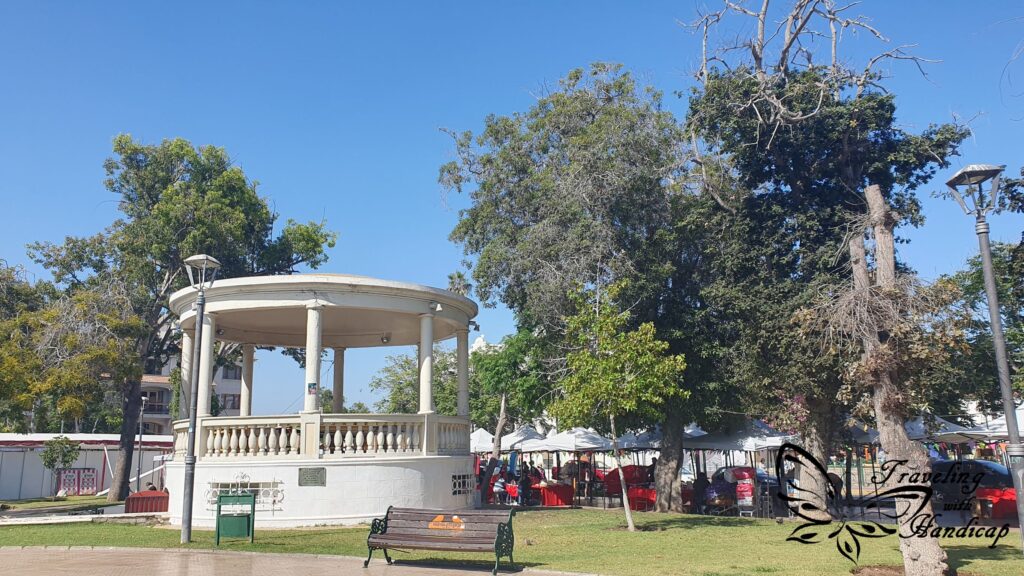
Fiesta de Costumbres
On my first day, when I walked to the Placa de Armas, I saw colorfully dressed people. The Placa de Armas is always a good indicator for the center. 😉 Asking around, I figured out that there was a procession of different cultural dancing groups. What a great start for my time in La Serena! Furthermore, the city offers a great variety of cultural events, as I recognized from the many posters.
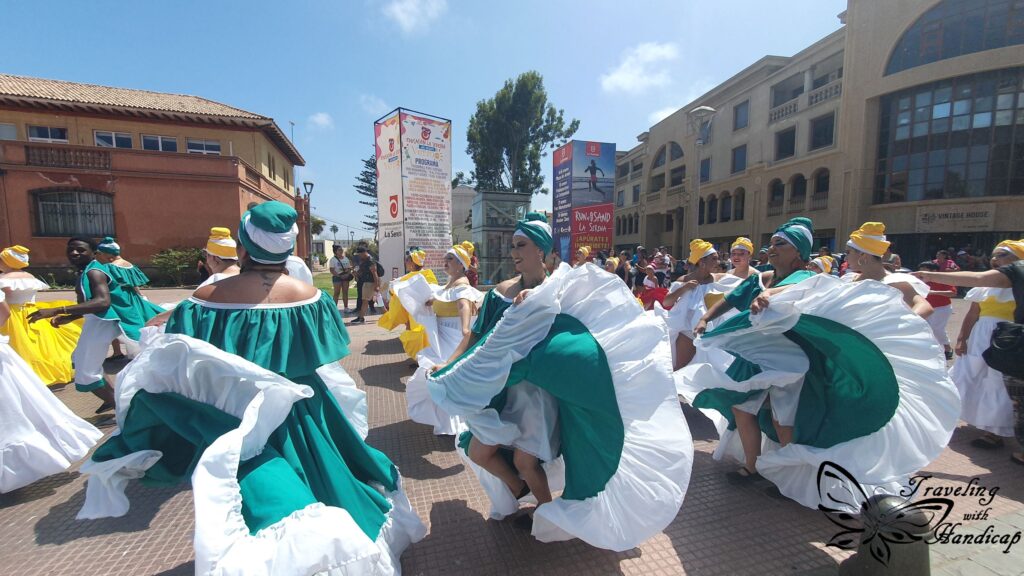
Coquimbo – the neighbor town of La Serena
As I was staying in La Serena, I wanted to visit Coquimbo, its neighbor city, as well. People have told me that I need to be careful not to be robbed, as I look like a “gringo” (non-native/tourist). So I took a minibus and only took a little amount of cash and my phone, well protected under some layers. Nothing has been stolen, though, I assume it is indeed more likely.
Coquimbo isn’t nice, it’s the fishermen’s town, the working-class town, without any beaches, while the “higher society” resides within La Serena. This is why I didn’t spend much time in Coquimbo. Sure, there are homeless people in La Serena as well, though, people on the streets look more trustworthy.
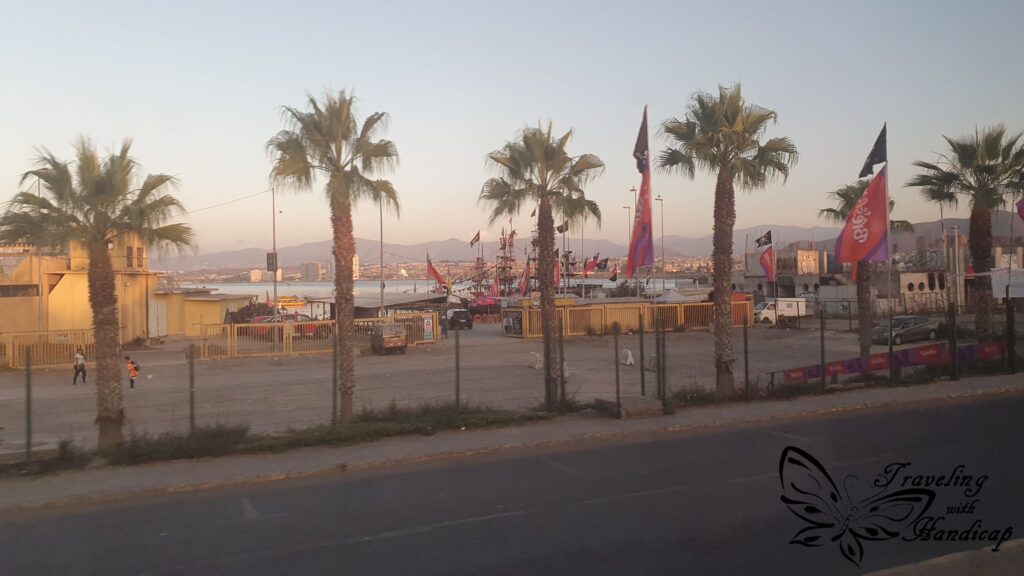

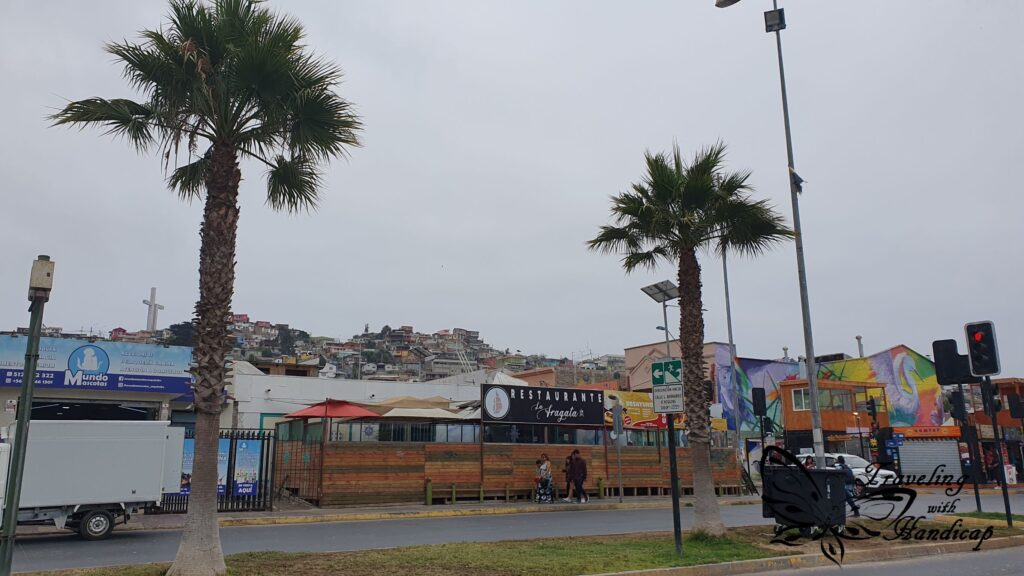
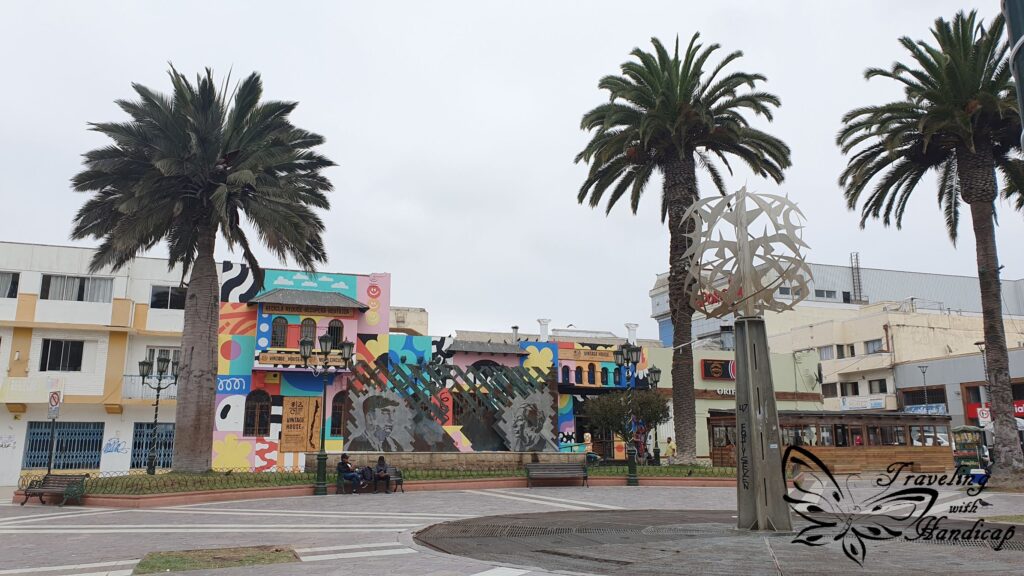

Valle del Elqui
La Serena is the access point for the Valle del Elqui, the Garden of Eden for plenty of fruit. The term Elqui, as many other words within the region, originates from the Quechua language. The term ‘erque’ translates to ‘small’. While the temperature of La Serena is moderated by the ocean, causing foggy mornings, the temperature range is quite large for the Valley. While the nights might get chilly, temperatures reach above 30 °C easily during summer.


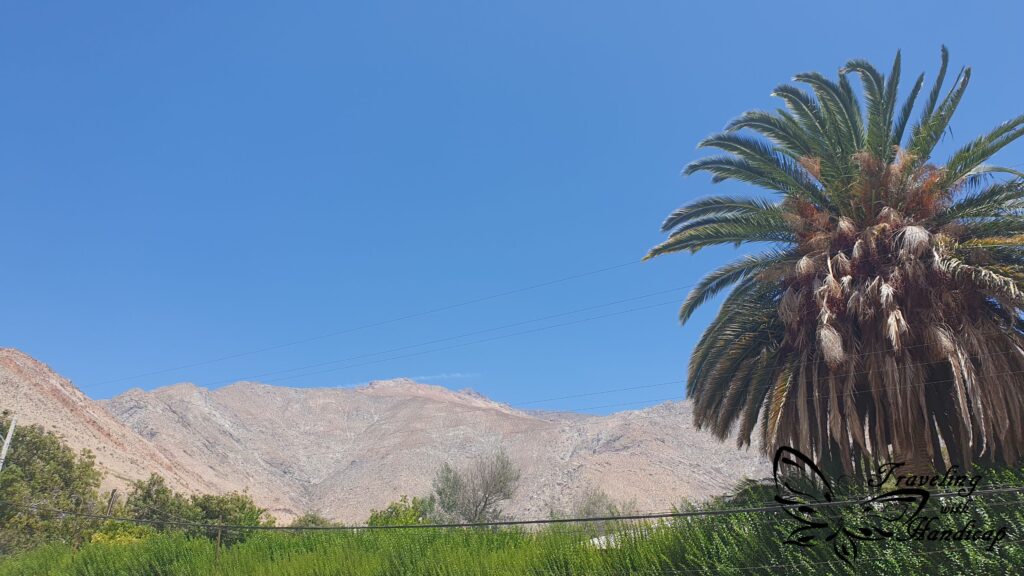
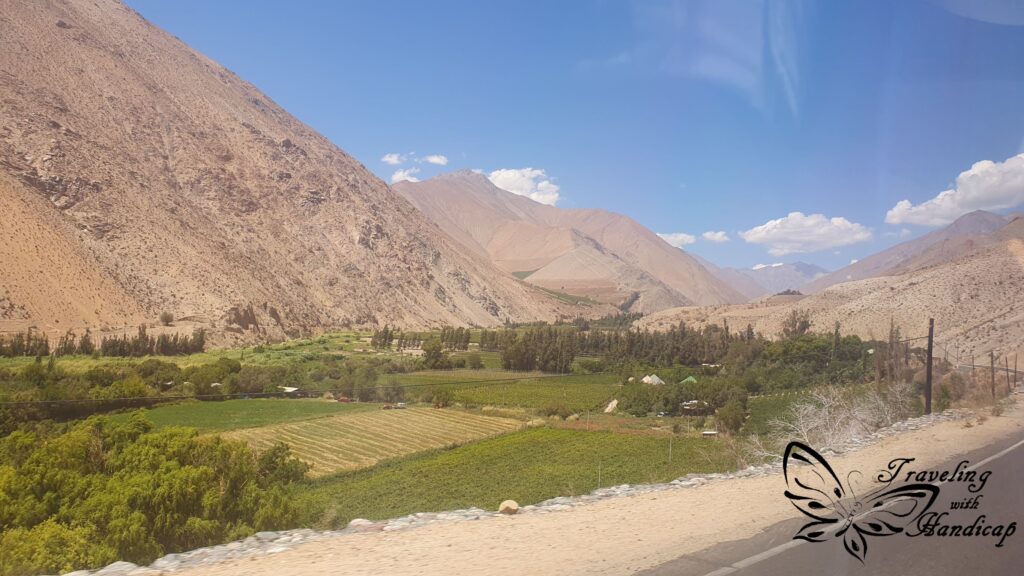

There are different towns within the Valle, you’ll find many accommodations, in towns and in between. There are also plenty of buses connecting La Serena to Pisco Elqui all the way minimum every hour. Therefore, it’s rather easy to visit the valley on your own. I preferred to go on a tour, intending to ask and learn more about traditions of the region. Honestly, I have to admit that I was very happy with my tour guide. Other people doing the tour with the same provider, on another day with another guide, weren’t happy. As a conclusion, I would recommend doing it on your own and ask for example the museum staff in La Serena regarding cultural topics.
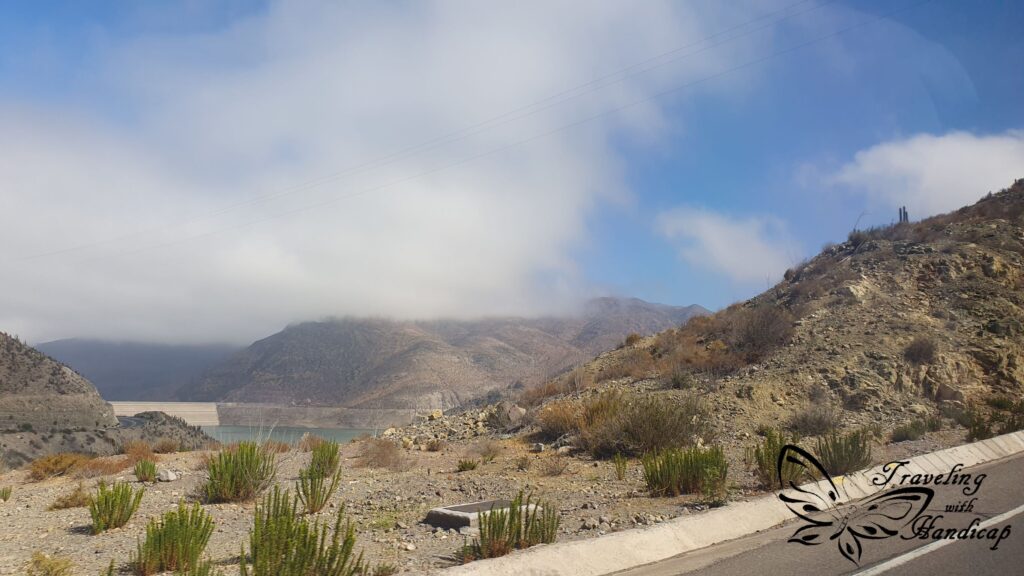
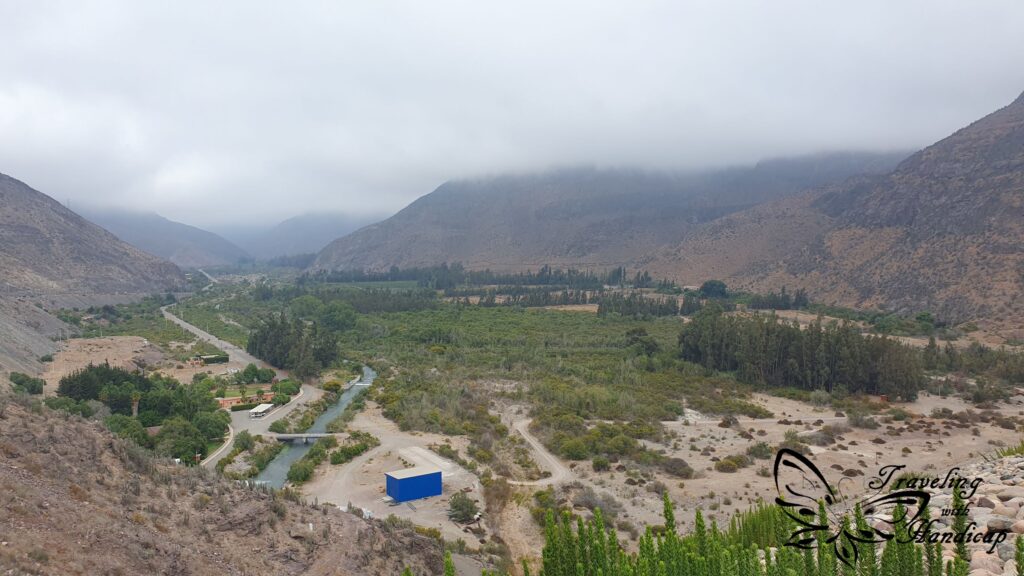
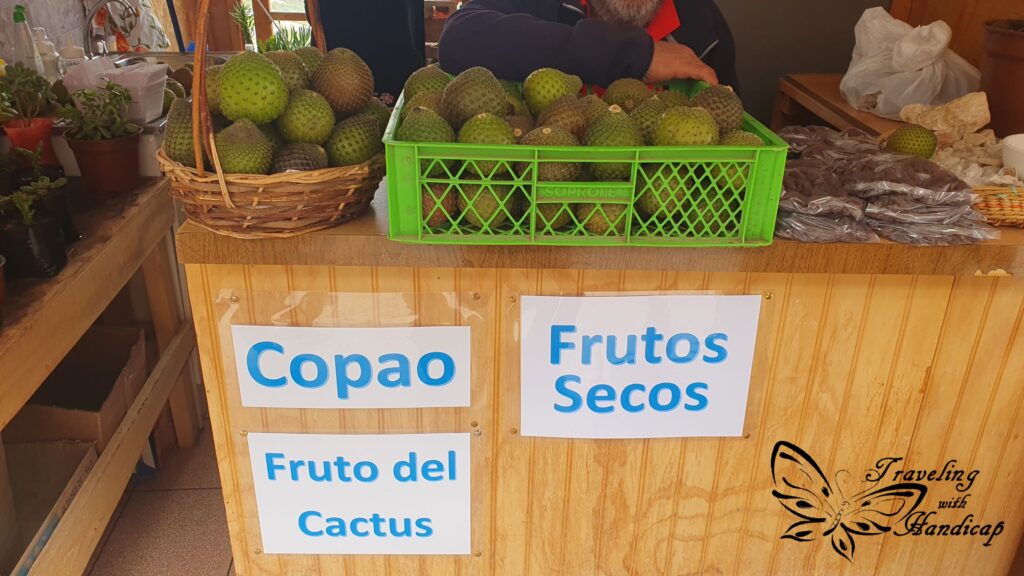
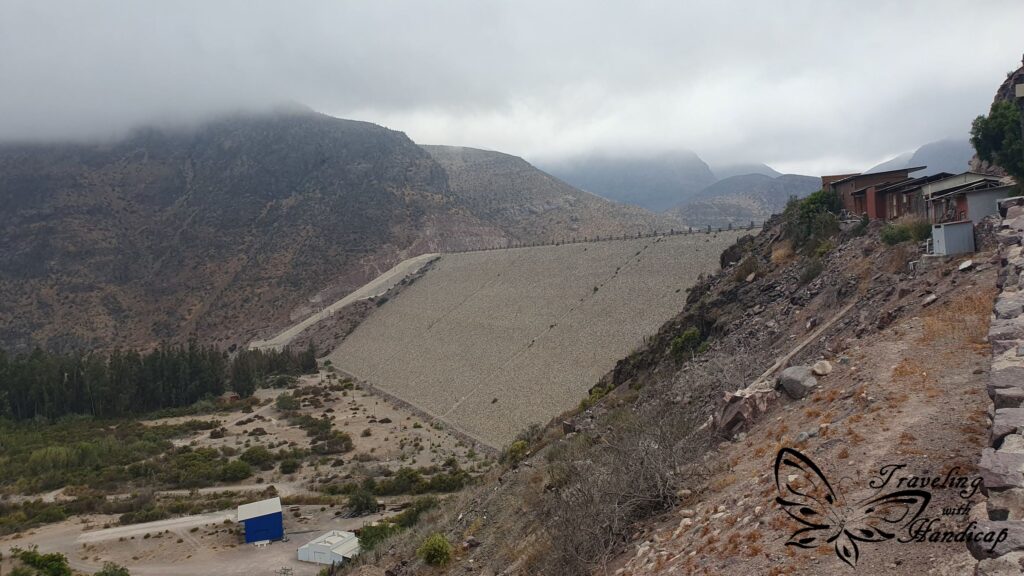
Pisco Sour
Pisco Sour is a very famous drink within Chile. There is not only Pisco Sour but also Mango Sour, Calafate Sour, and many more. Their commonality is Pisco, alcohol from Pisco grapes. Similar to Champagne, Pisco can only be obtained from grapes within a very specific region. The Valle del Elqui and another Valley within the Atacama region belong to the Pisco region. The term “pisco” also originates from the Quechua language, meaning “bird”. While I recognized influences of the Mapuche culture within the area between Chiloé and Pucón, the area around La Serena is Quechua region.
Since Pisco Sour is produced within the Valle del Elqui, visiting one or more of the plenty Pisco breweries is a must. I did a one-day tour in the Valle which included a Pisco tour. At first, wine is produced from the Pisco grapes. Afterward, the heart (good part of the alcohol) is extracted from the wine twice. Then, Pisco is stored within different barrels, defining the end taste. The alcoholic percentage of pure Pisco is far too high, so it’s mixed with water before you might take a shot. More commonly, this Pisco and water mix is mixed with fruit juice to get Pisco Sour (lime and lemon), Mango sour, etc.

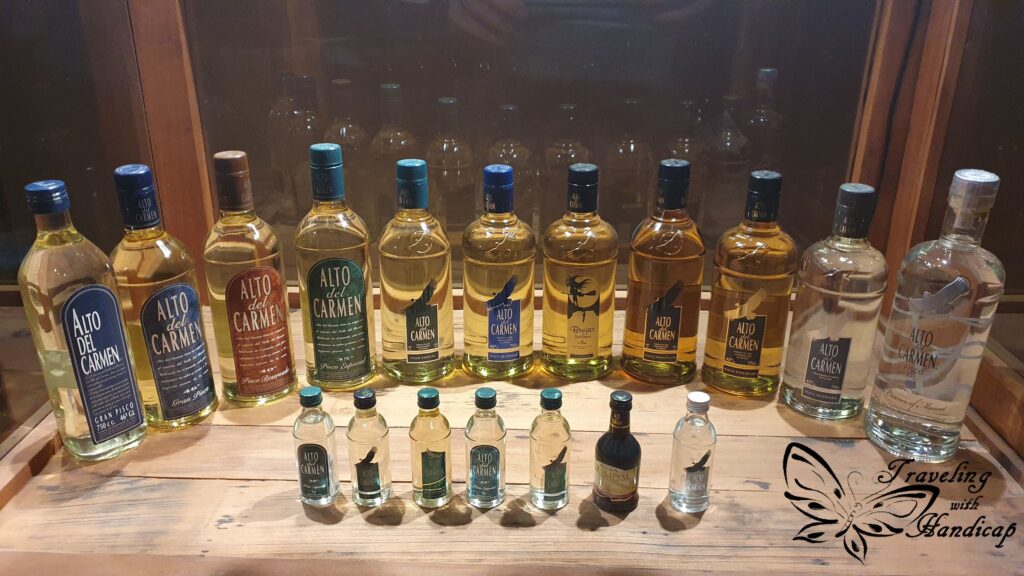



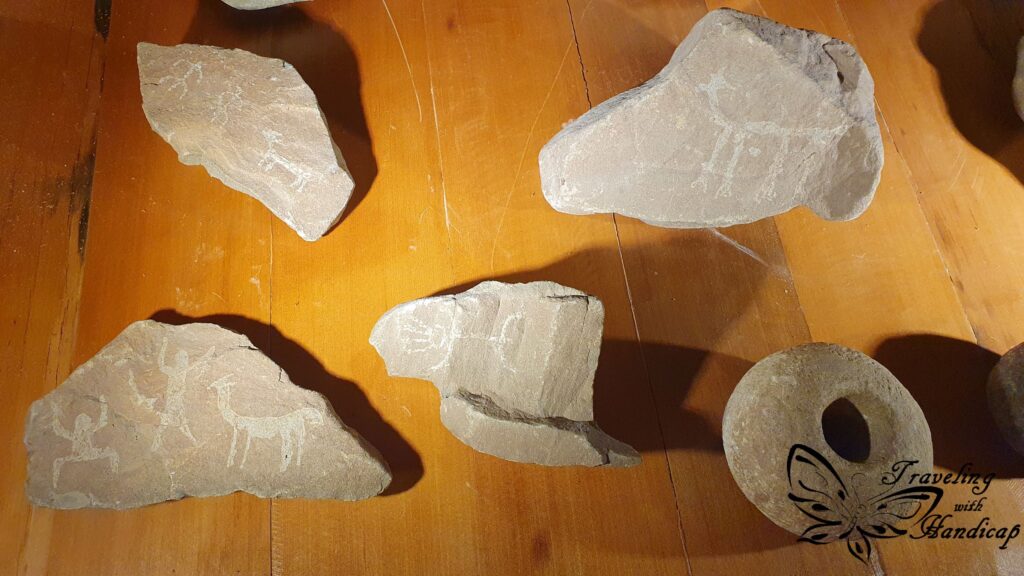
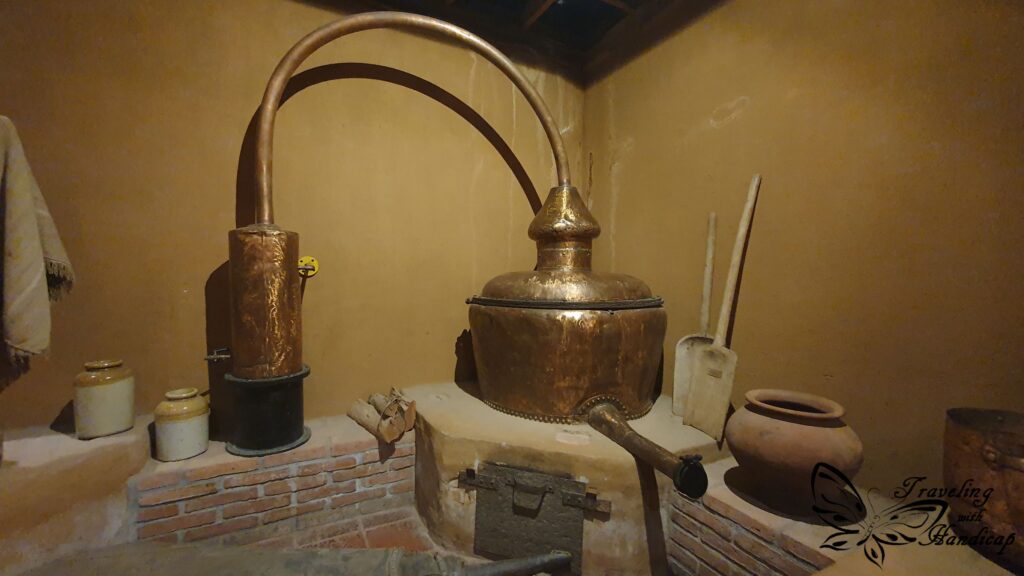

Monte Grande and Pisco Elqui
Monte Grande and Pisco Elqui are two tiny villages deep in the valley. They both are important in regard to Gabriela Mistral (Lucila Godoy Alcayaga) who became the first Latin American author to receive a Nobel Prize in Literature in 1945. She was born in Vicuña, raised in Monte Grande. She is a very famous and influential person in Chile, especially for the region. There are even schools in the tiny villages which she founded. I visited a former house of Gabriela Mistral in La Serena.
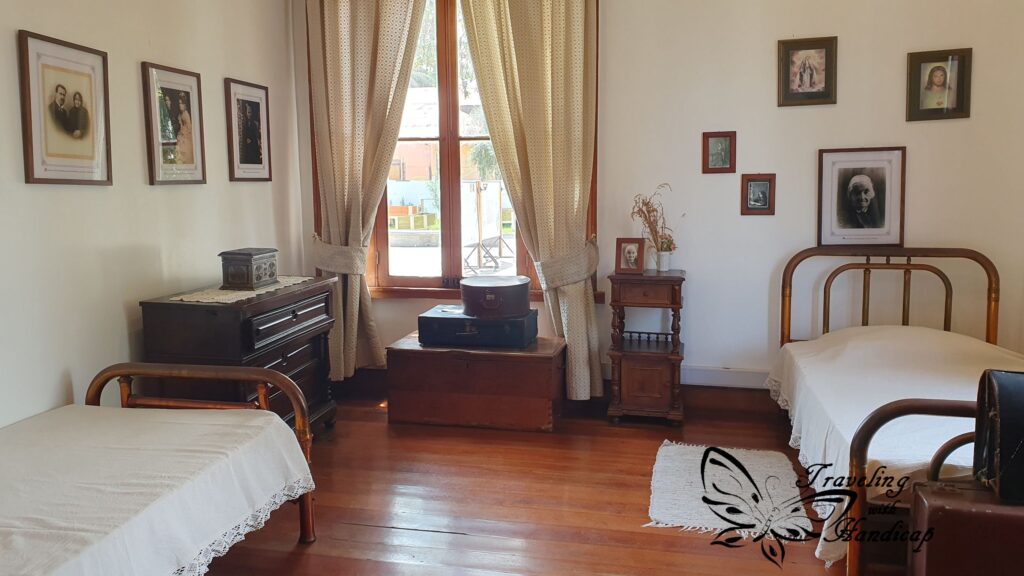

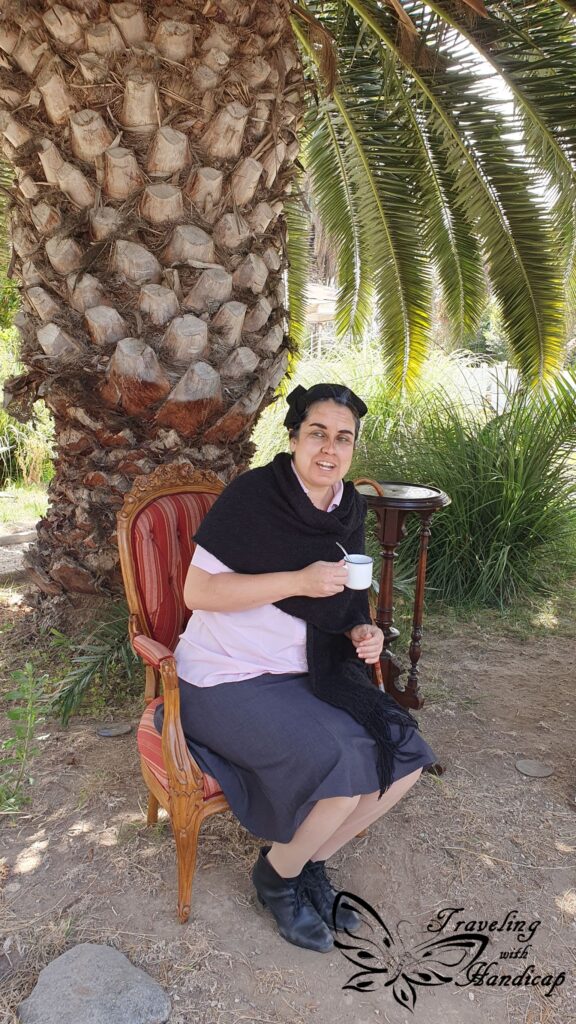
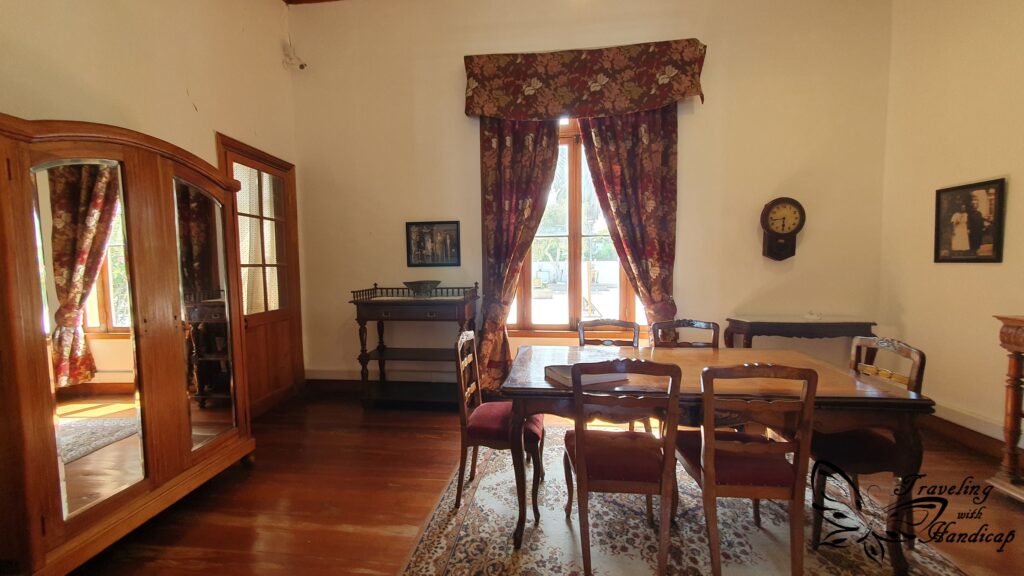
Apart from Gabriela Mistral, I consider Monte Grande and Pisco Elqui as places to visit. Tiny villages with only one main road, in a valley within the Andes, next to vineyards, with beautiful views. Their tiny churches both look very picturesque. Moreover, as regional food was also an essential part of my tour, I got to know a very good restaurant within Pisco Elqui.
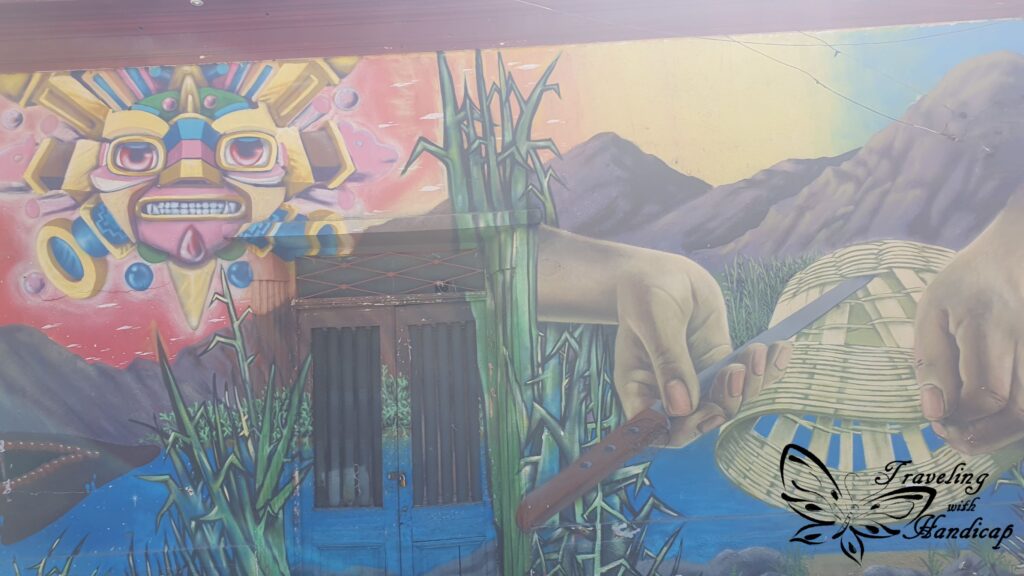
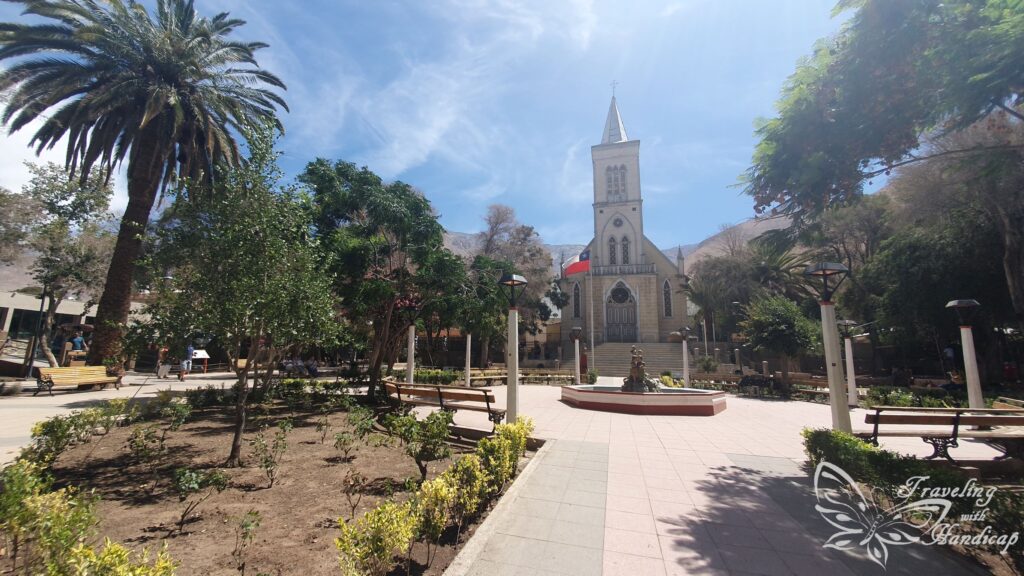
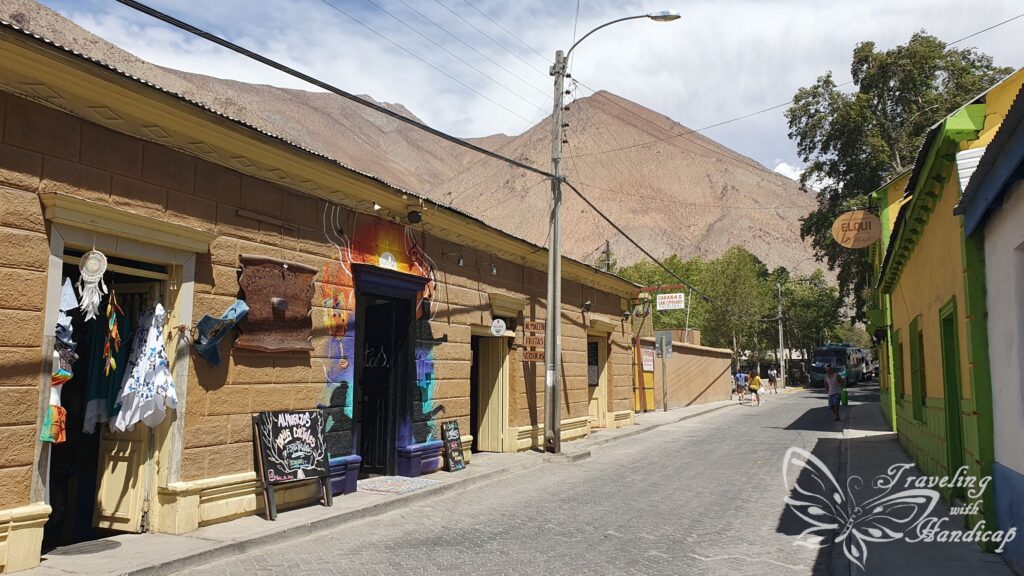



Vicuña
This town is the biggest town within the Valle del Elqui. I have only seen its center around the Placa de Armas (which is named after Gabriela Mistral) and Pisco related places. Nevertheless, I would have chosen to stay there for one or the other night if I had even more nights available. While there are plenty of fruit bars around the Placa de Armas in La Serena, there are many alcoholic offers in the market of Vicuña. After some Pisco in one of the breweries, another Pisco and beer for lunch, I got to try some craft beers and wines in Vicuña.


Not only is Vicuña just a nice town with relaxed and cultural vibes, but also the gateway for stargazing opportunities. Around the Valle del Elqui you’ll find plenty of huge scientific telescopes on top of the surrounding mountains. There, the light pollution is very minimal, the air quality very good, such that astronomers are investigating in the Southern Hemisphere mainly from around La Serena. The most important telescopes for the Northern Hemisphere are in Hawaii.
Stargazing
One or the other (former) research station offers tours for tourists during daytime. However, it’s quite difficult to get there, almost impossible without a car. Close to Vicuña, you may recognize those huge research telescopes on the top of mountains further in the background (only if you know where to look for them). I didn’t visit a research station during daytime, I went stargazing with non-scientific telescopes.
Unfortunately, the moon was quite bright during my time in La Serena. However, with the help of telescopes, we could recognize many constellations such as the Orion Nebula. Certain planets, such as Mars, Venus and others, were visible without telescopes. During new moon, you might recognize constellations even without telescopes. Moreover, if you are flexible in dates, pick those during new moon.



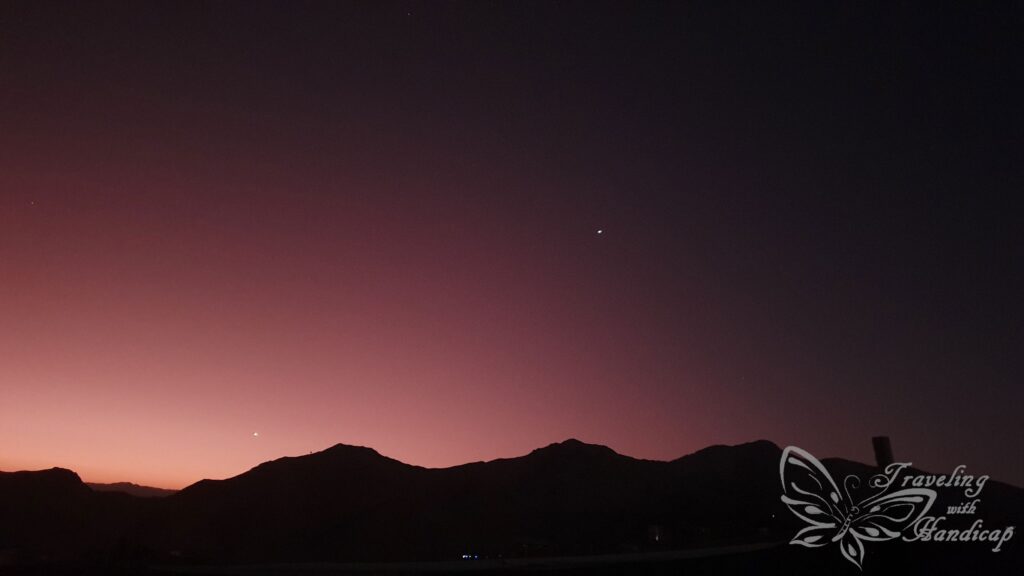
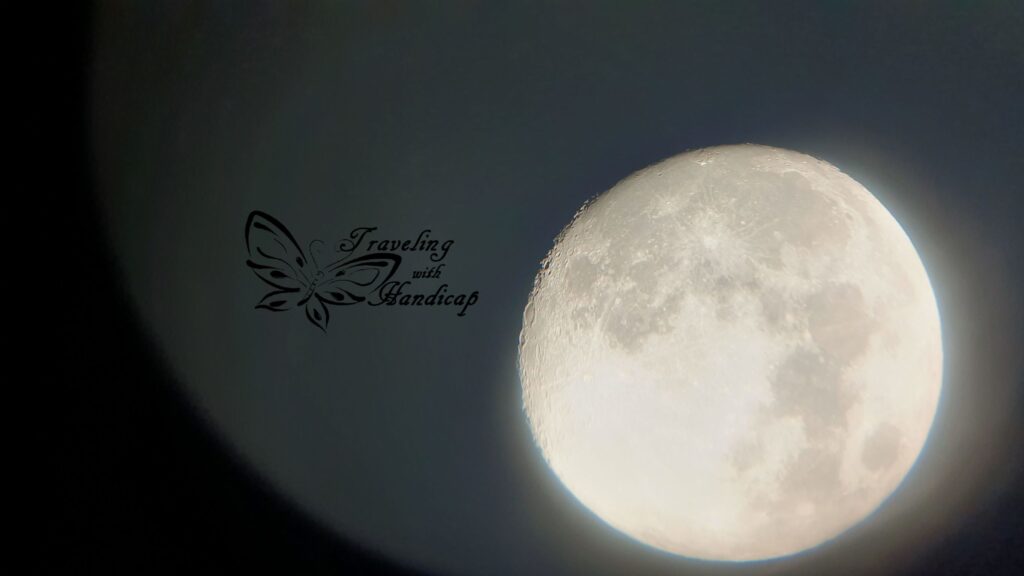
For sure, the whole context of amazing astronomical conditions also pushes the field of massages, meditation, Reiki. While Mamalluca offers stargazing tours for tourists, my tour provider decided to go to a private property of a rich man who also offers stargazing through high quality telescopes. The tour provider told me that the quality within Mamalluca has decreased, taking too many people in per night.
Humboldt Penguin National Reserve
At the northern tip of the Coquimbo region and the southern of Atacama region, the three islands, Islas Chañaral, Damas and Choros conclude the Humboldt Penguin National Reserve. The cold Humboldt current brings nutritious water from the Antarctic up north. It contains a lot of grill, very important within the food chain of all animals of the region. Sure, the most well-known are the penguins. Nevertheless, you may also spot plenty of birds, seals, otters, dolphins, and whales.
While penguins, the majority of birds and some dolphins rather gather around Islas Damas and Choros, the seals and whales are at/around Isla Chañaral. There are some buses from La Serena to Punta de Choros, the boat access points for Damas and Choros. However, Caleta Chanaral is some drive away, you either need a car or book a tour for whale and seals watching. Usually, CONAF (the Chilean ranger association) offers entrance to the walk on Isla Damas some days a week. However, during my visit, it was only open for medics research since a bird had been diagnosed with avian flu.
No matter if you take a tour to the reserve or not, you will have to drive through an area of semidesert. There are more animals to look out for within that area: guanacos, foxes, and donkeys.
Animals
Even though I took a course on marine biology at the University of Queensland, Brisbane, I am by far no expert in marine animals. Therefore, I won’t start any outline on the different types of animals that we’ve seen. Nor do I remember the classifications of all the species. Our tour guide has a degree in marine biology and was truly an expert. I took myself some notes on my phone occasionally, to be able to look them up later.
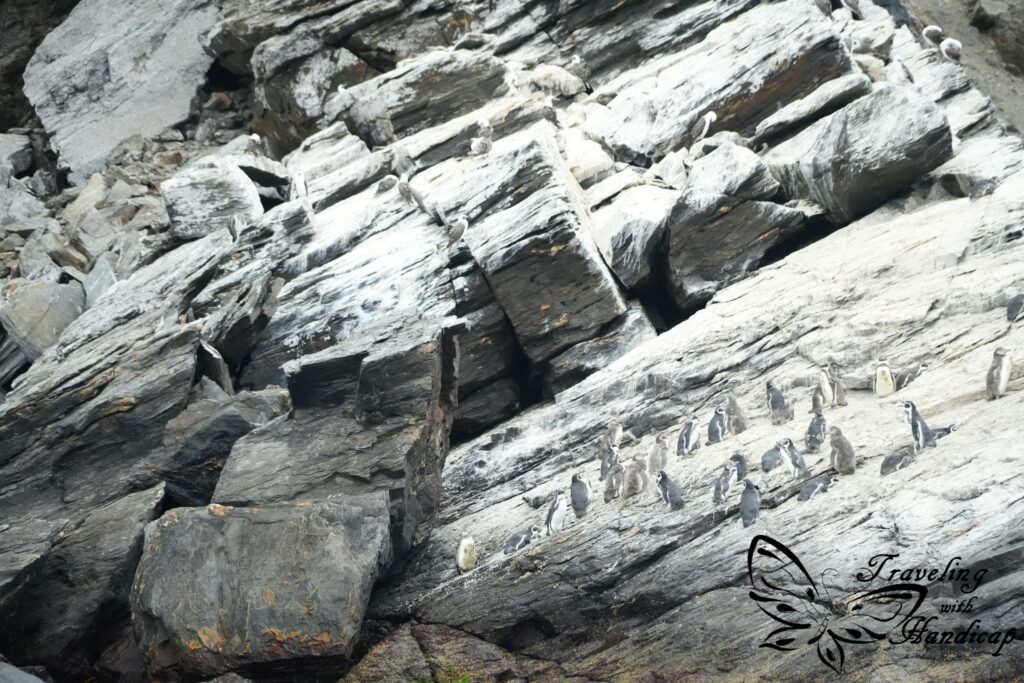
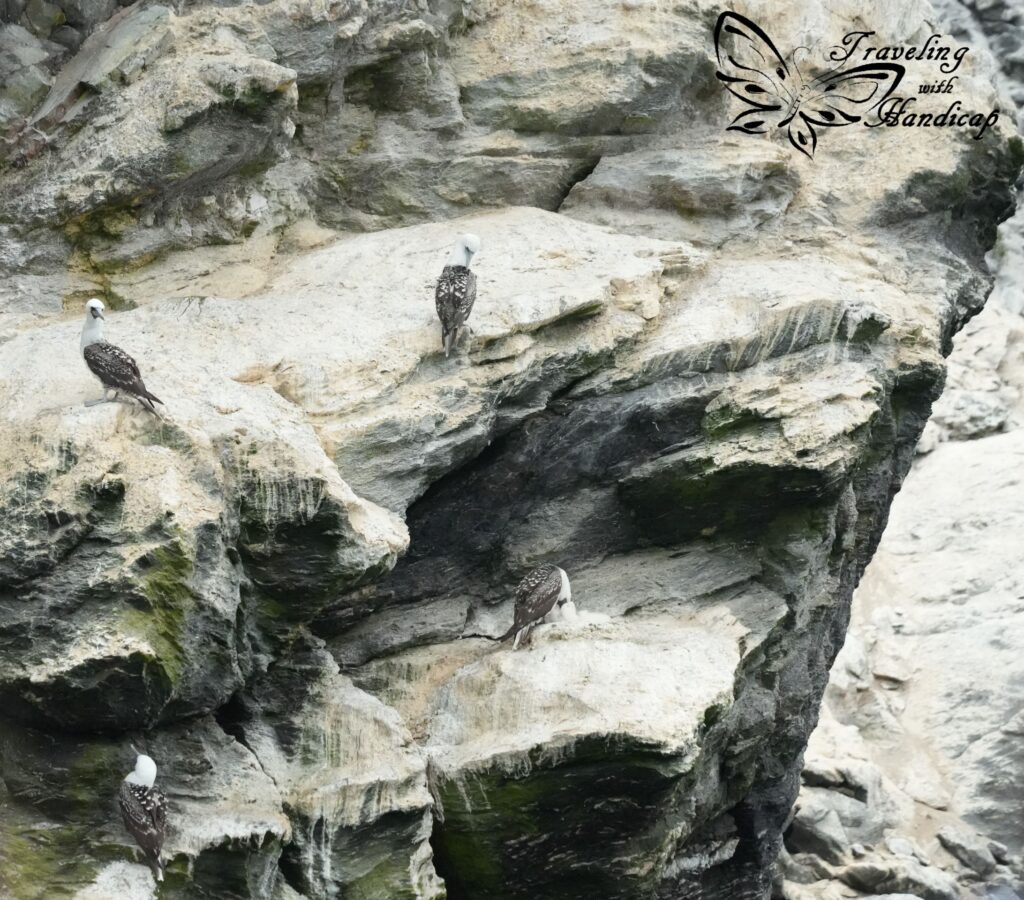
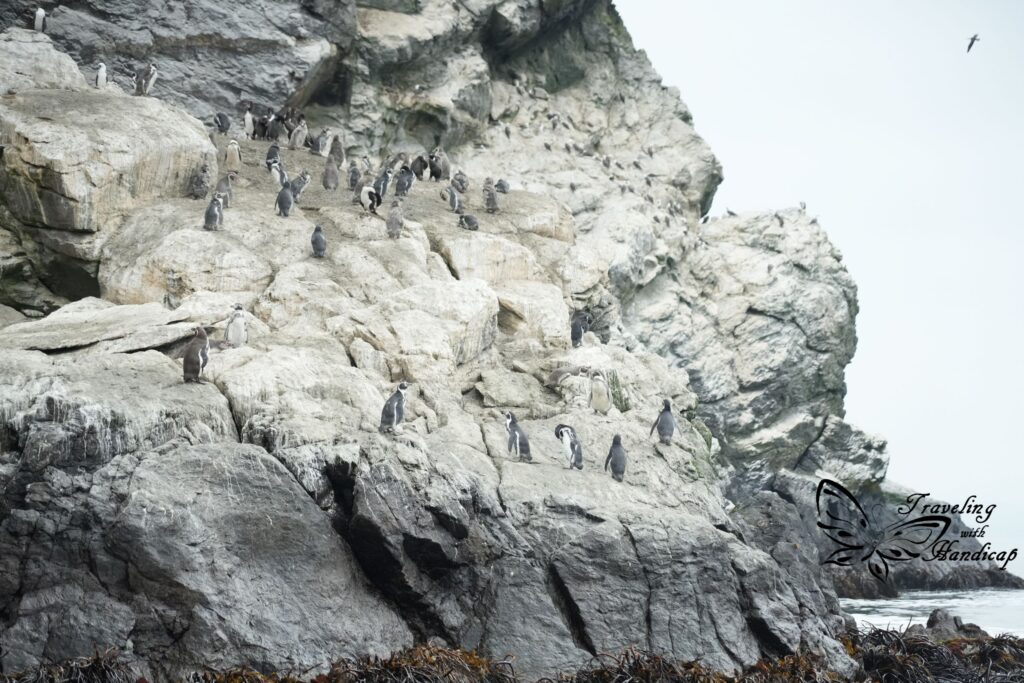
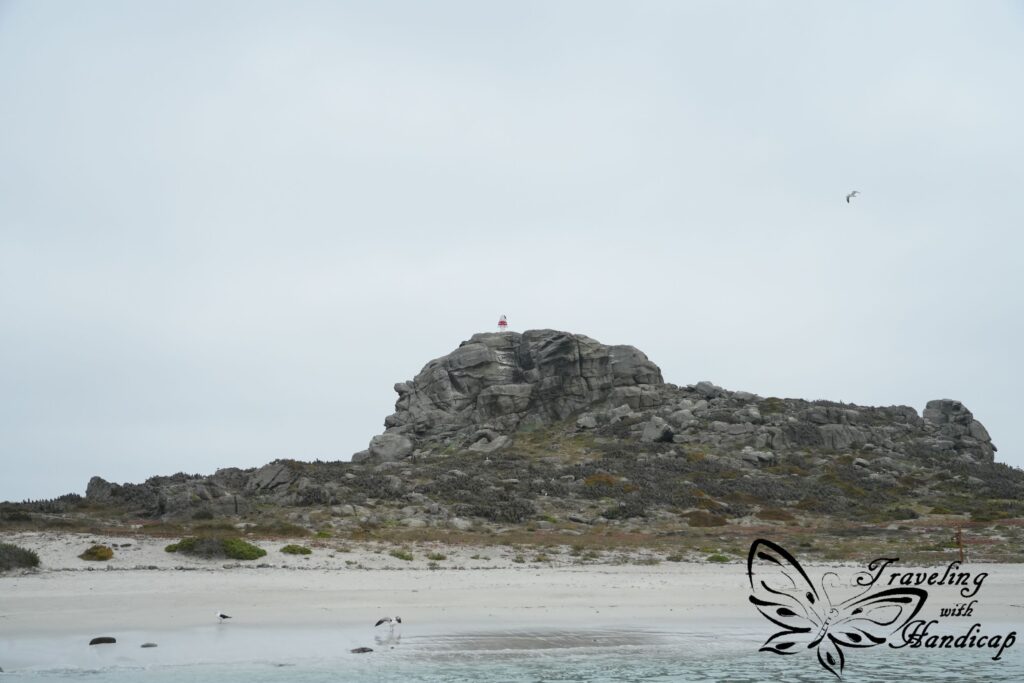


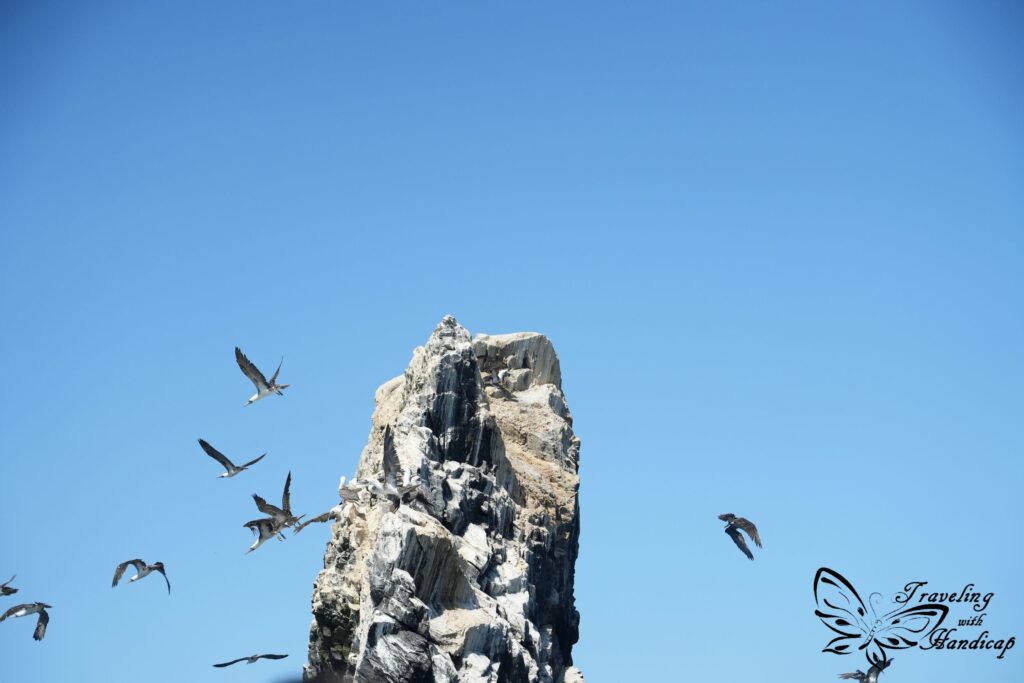


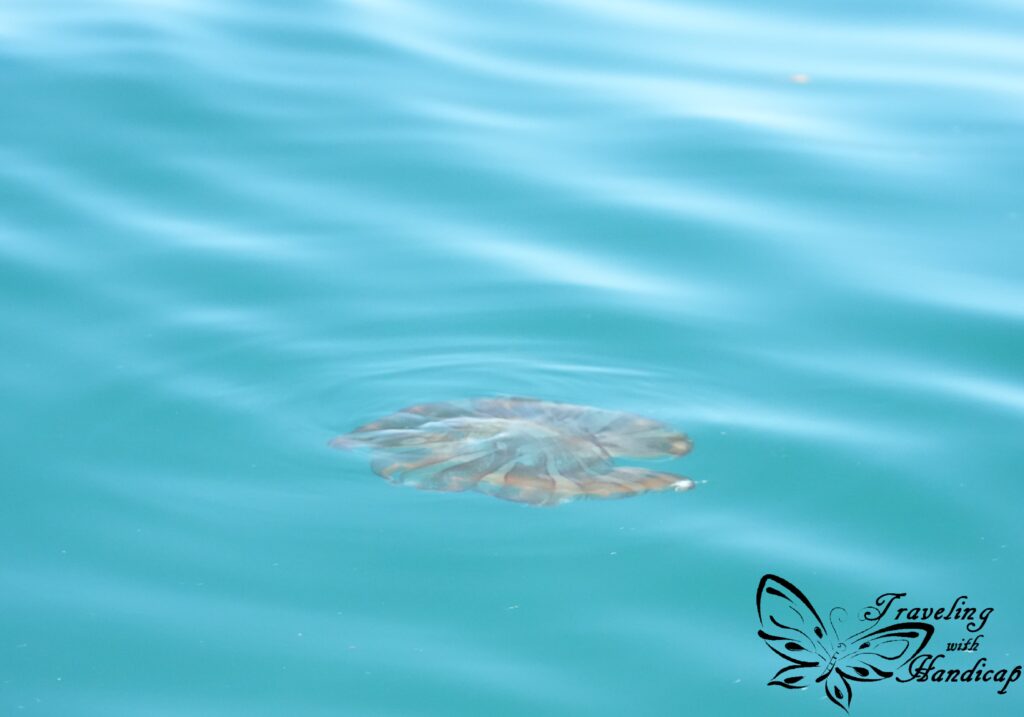
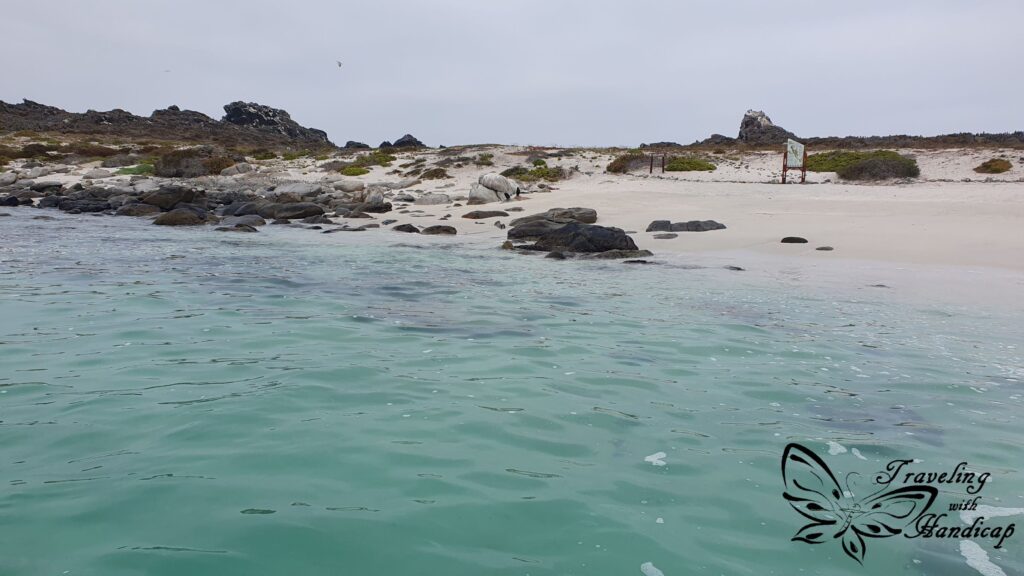
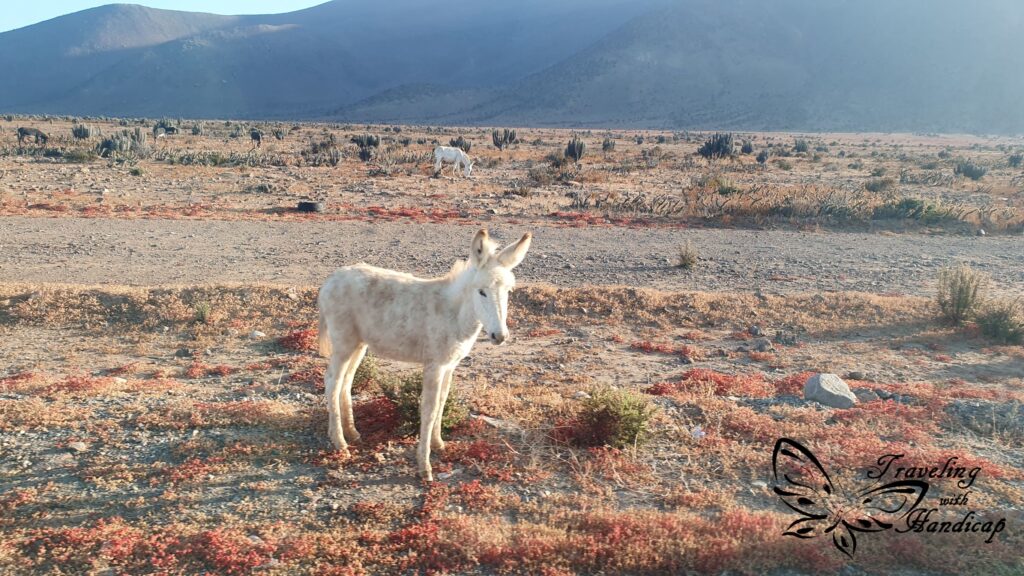

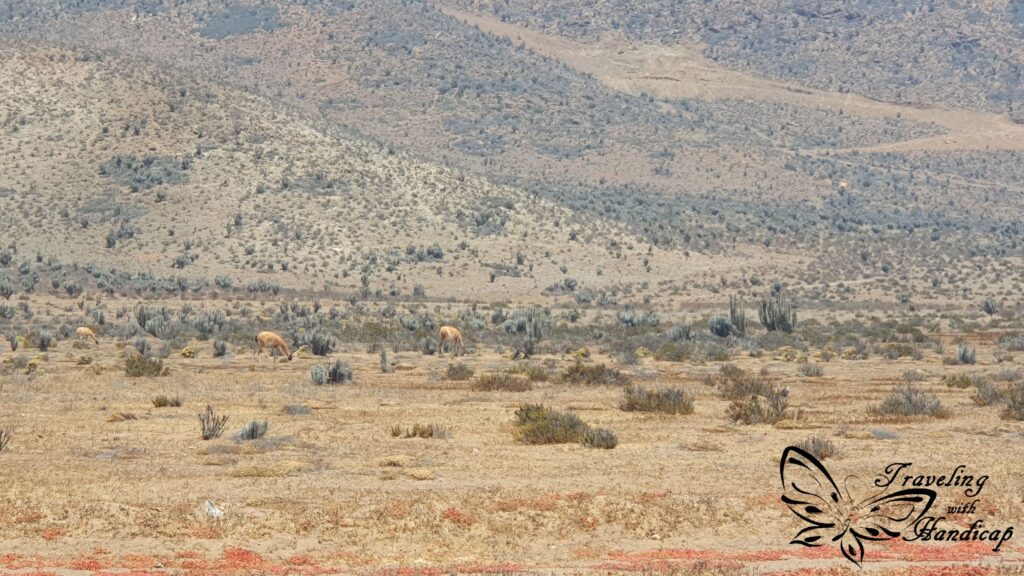
Landscape and Mines
On the drive from La Serena to Punta de Choros, we first followed the Ruta 5. In the morning, it was very cloudy, and we didn’t see far. During the day, clouds move further into the Andes, providing moisture to the plenty of cactus. Shortly after leaving Ruta 5, the road crossed a former river bed. During a glaciation period (not the most recent, further in the past), this bed was formed through glacier movement. It’s really impressive and huge. Within the river bed, one can recognize a smaller river bed, from glaciers during the last glaciation period. This small river bed only carries some water from snow in the Andes during early spring.
There is freshwater available below the riverbed. Glaciers and tectonic movements have pressed the water down. Indeed, the region is seismically active, I even felt an earthquake in La Serena. I think it was 5.6 with the center somewhere close to Coquimbo. Nevertheless, in my opinion, all this landscape and moreover the fresh water need to be protected. I easily understand the arguments of local people to protest against the construction of a huge mine in this area, “La Dominga”. We passed some mines along the way and each of them left the “unnecessary dirt” behind, just gray pulverized stone, very ugly. I don’t expect that any plants would be able to regrow on these leftovers lacking any minerals.
